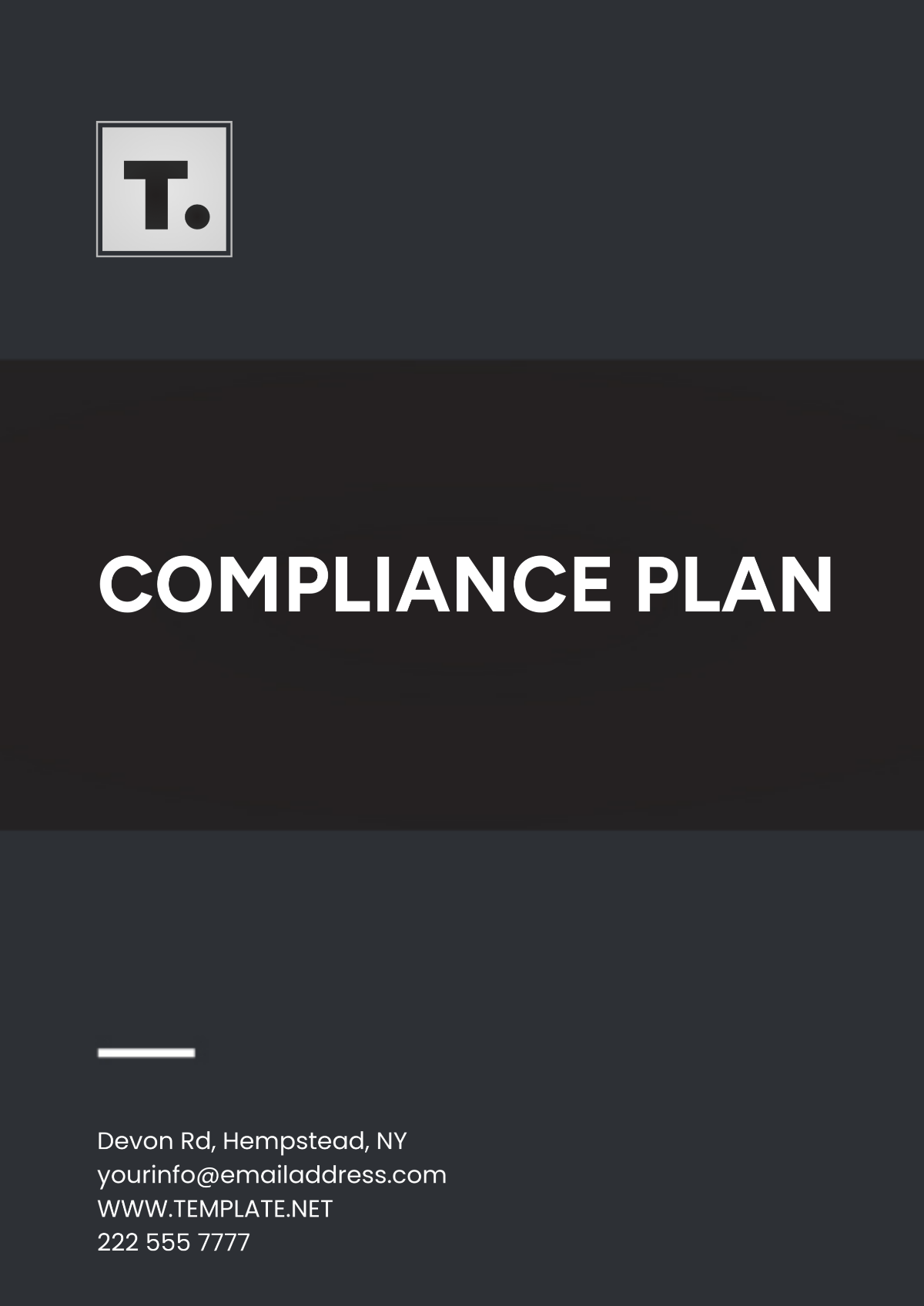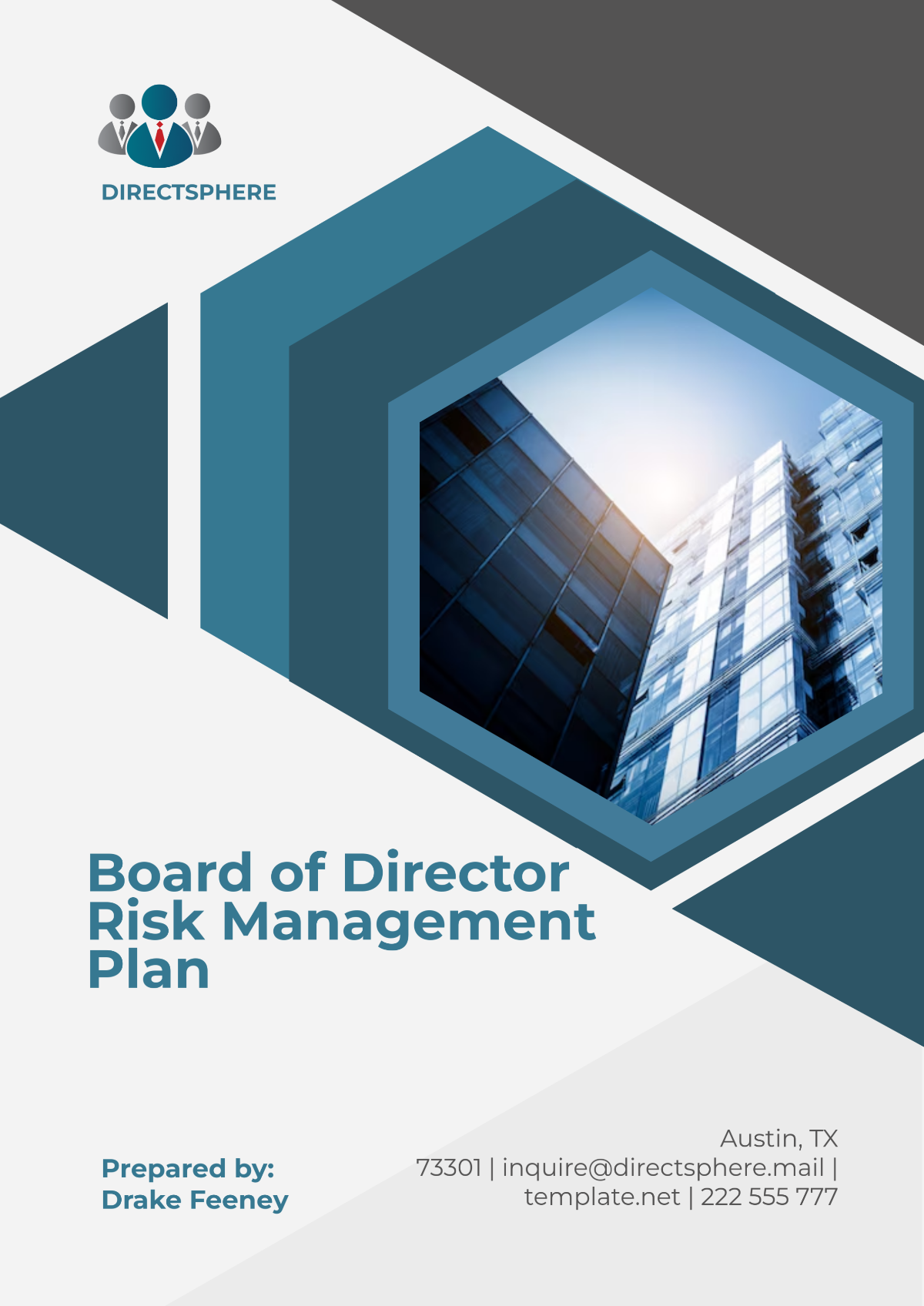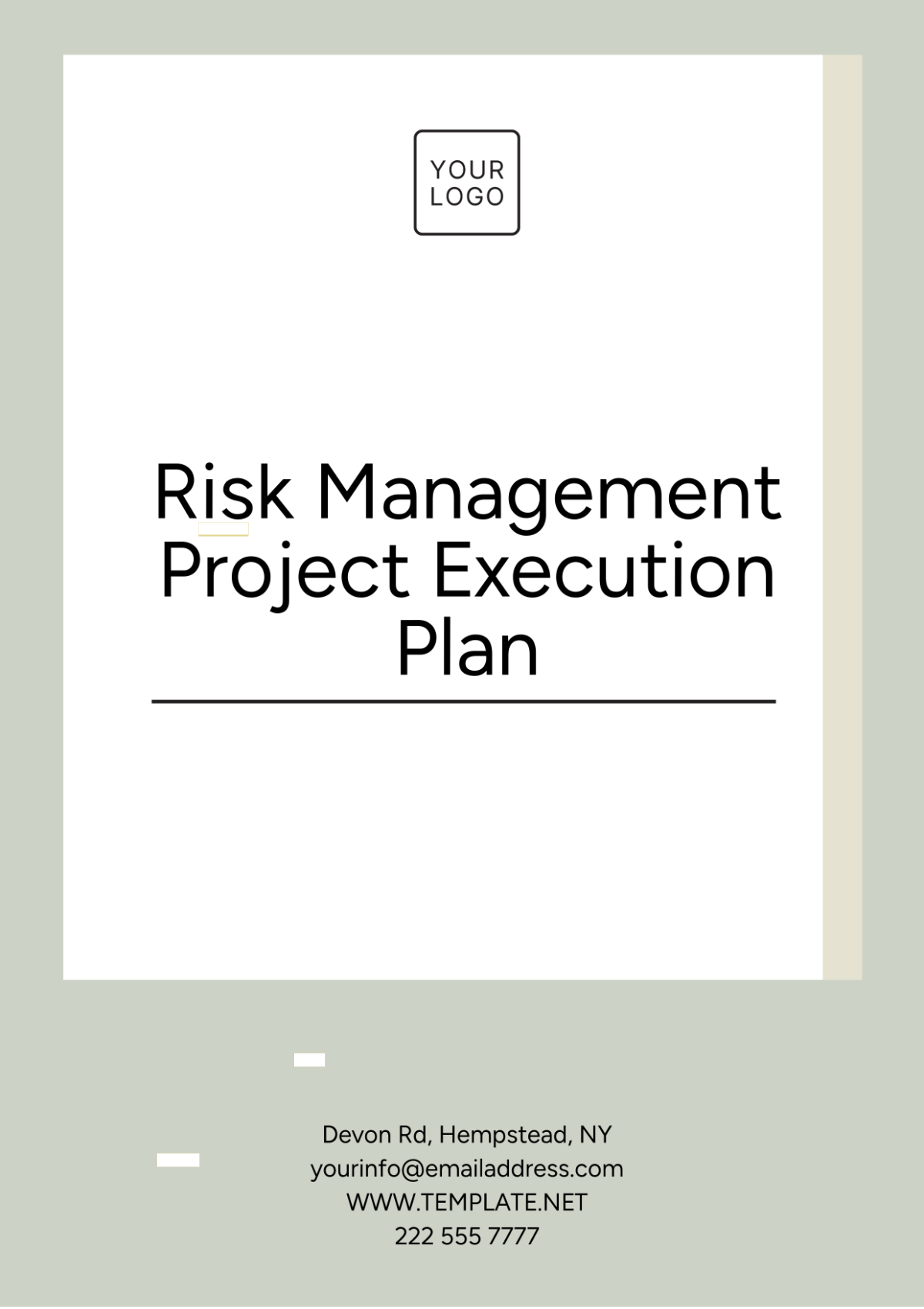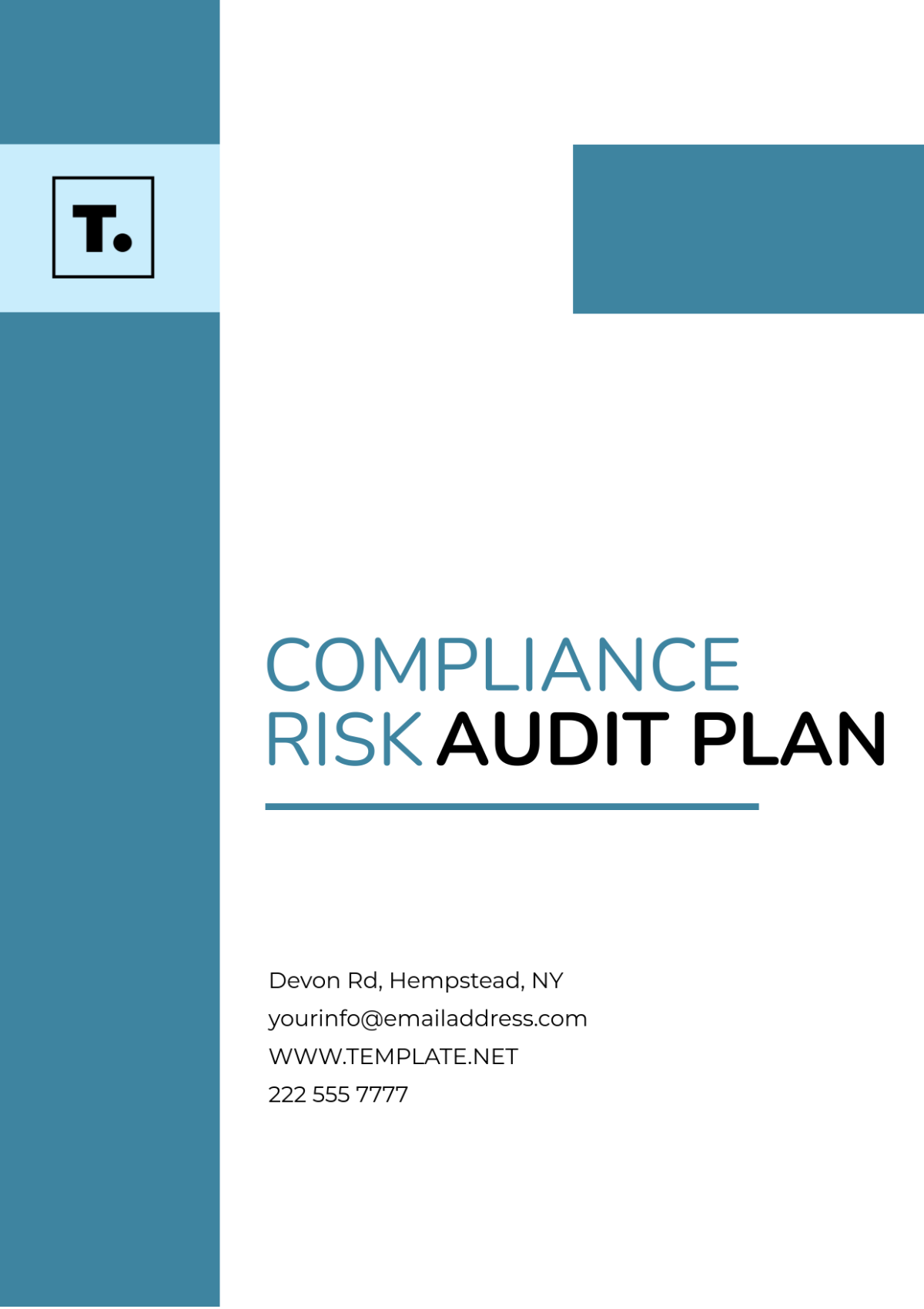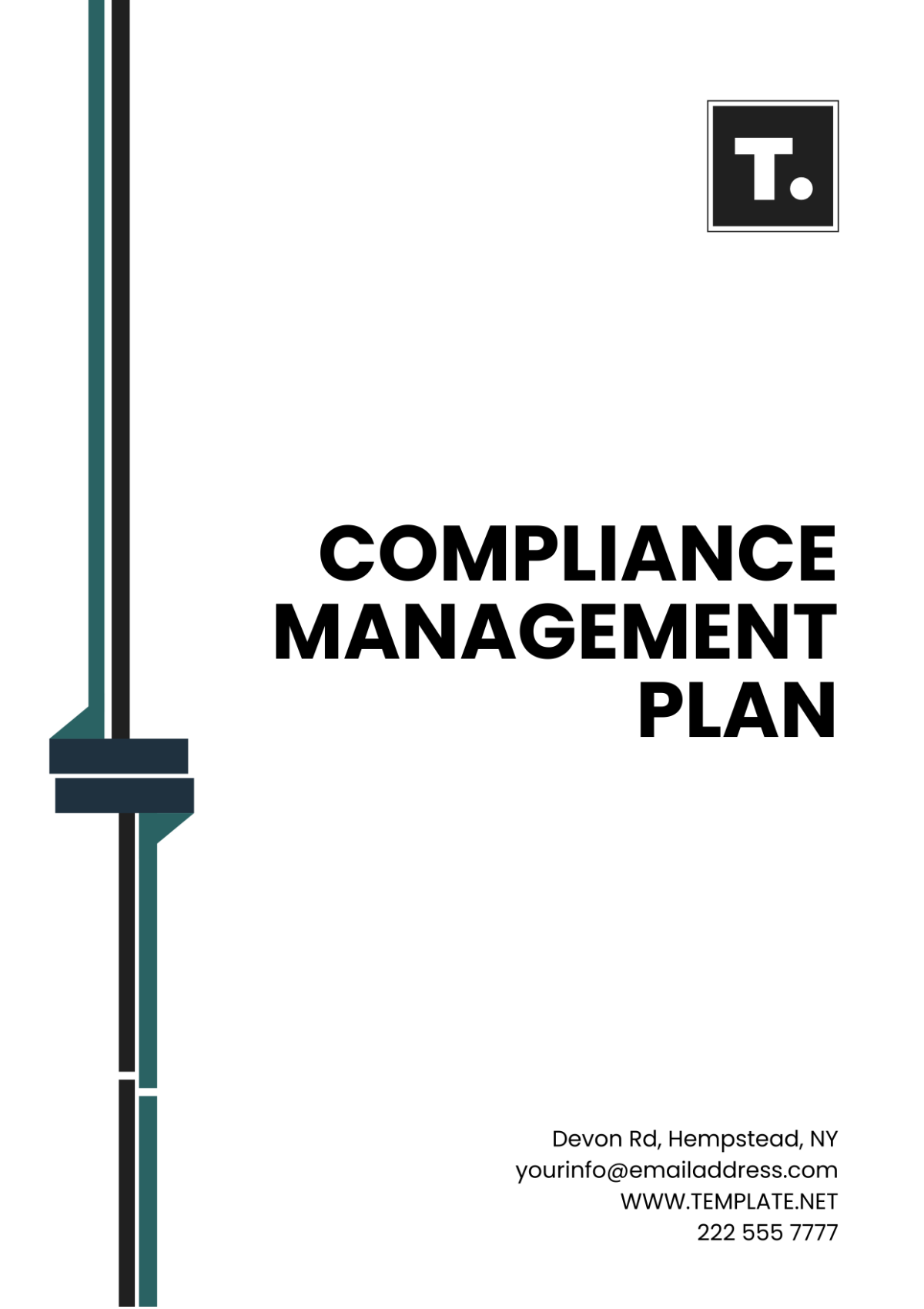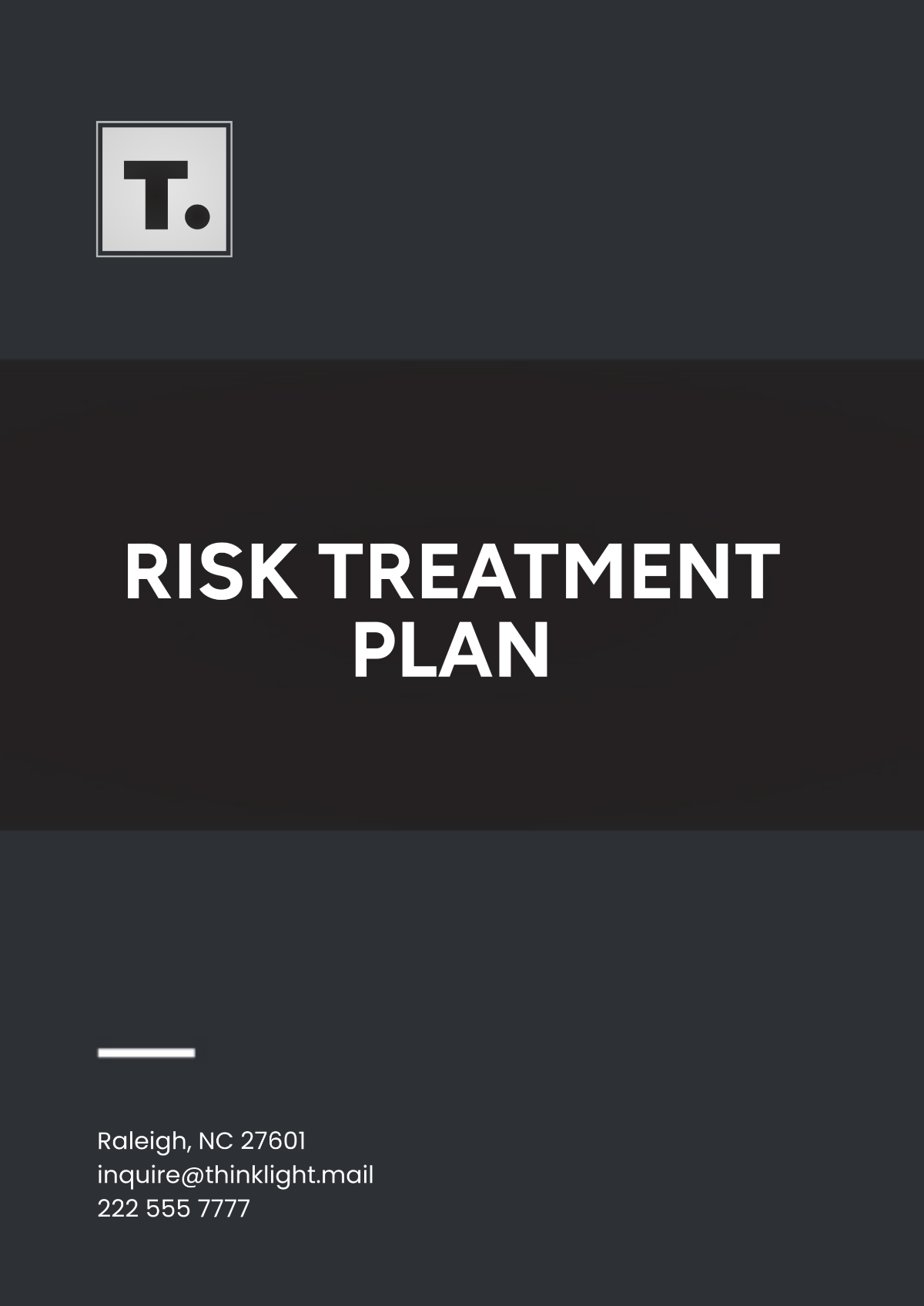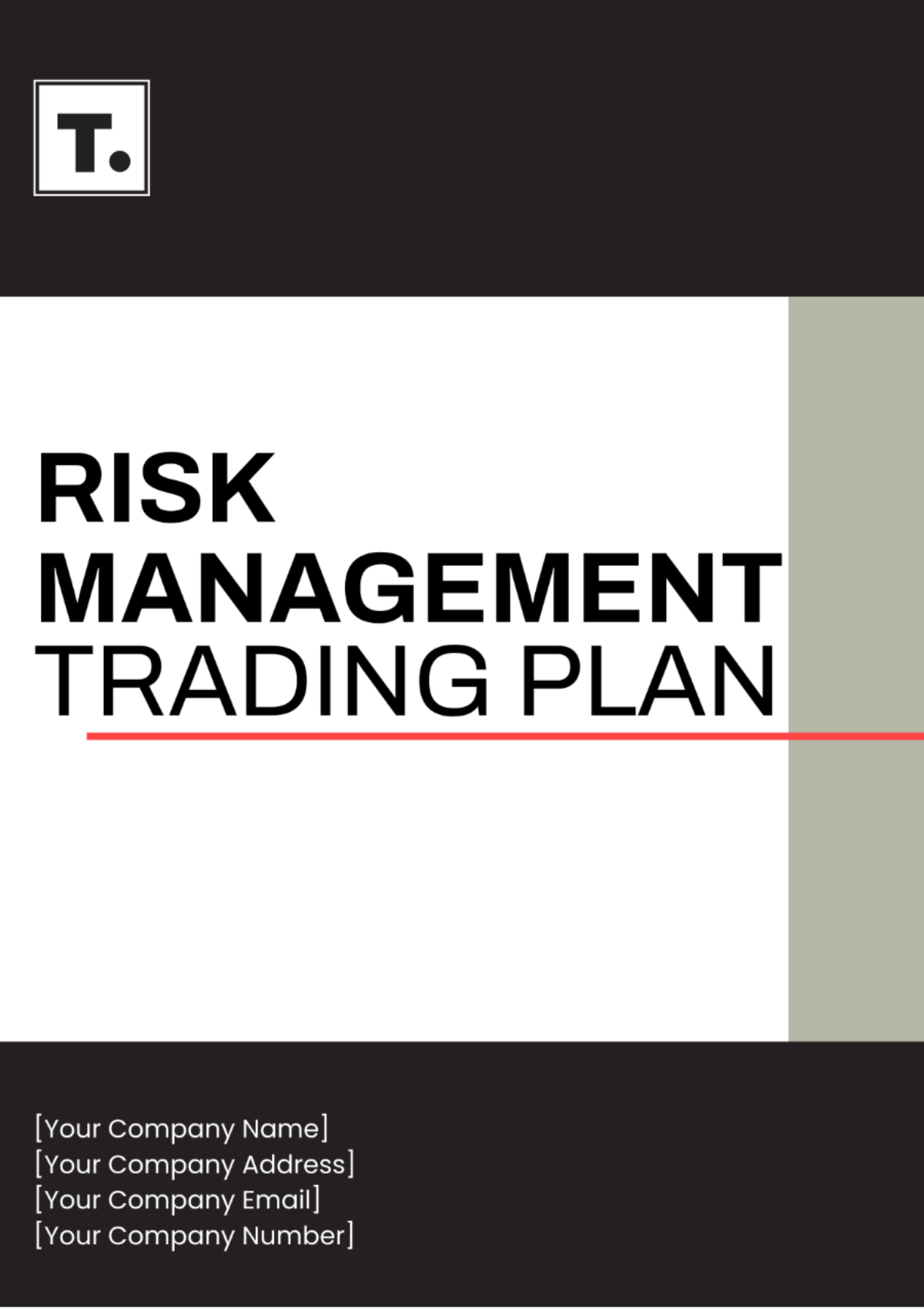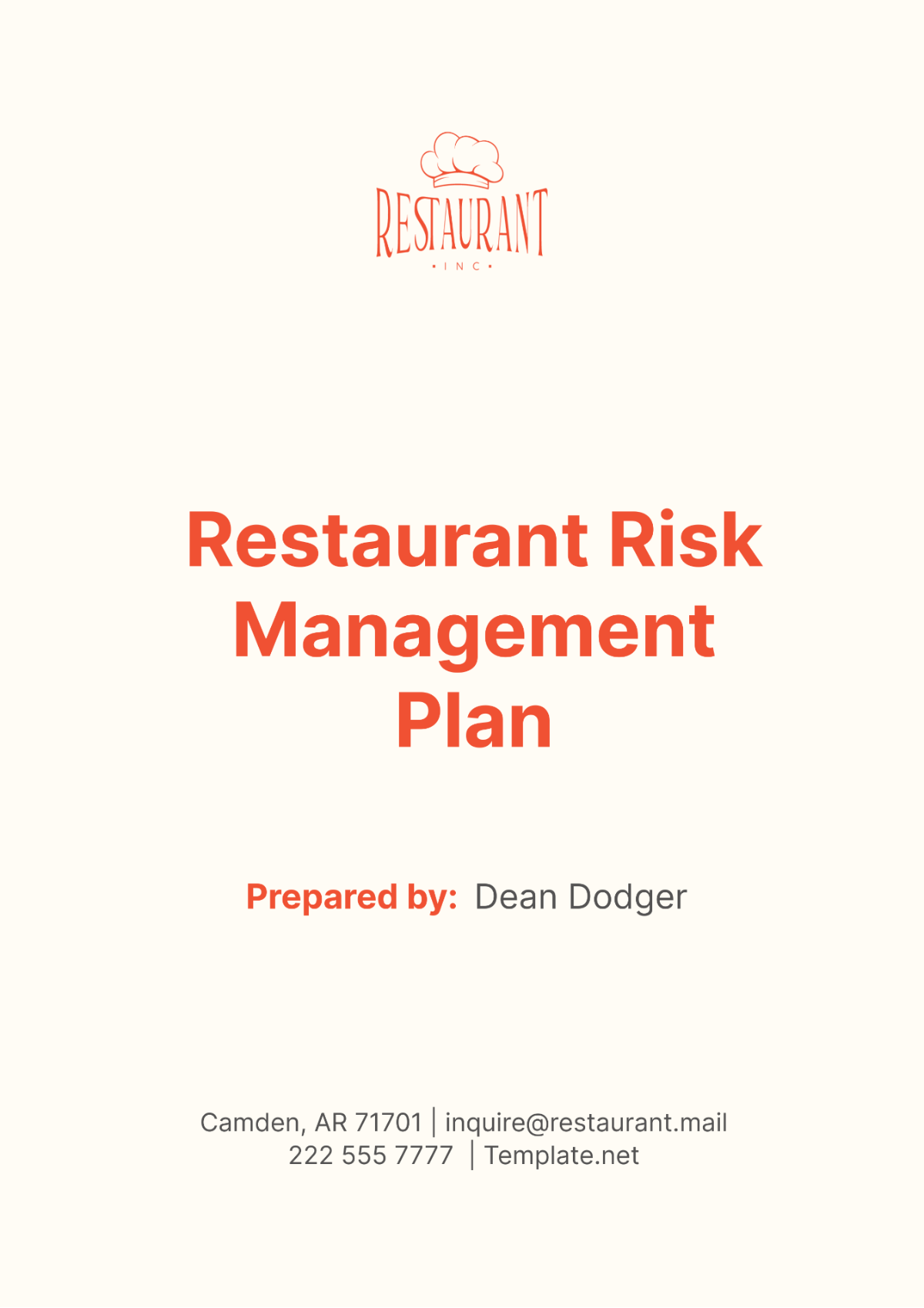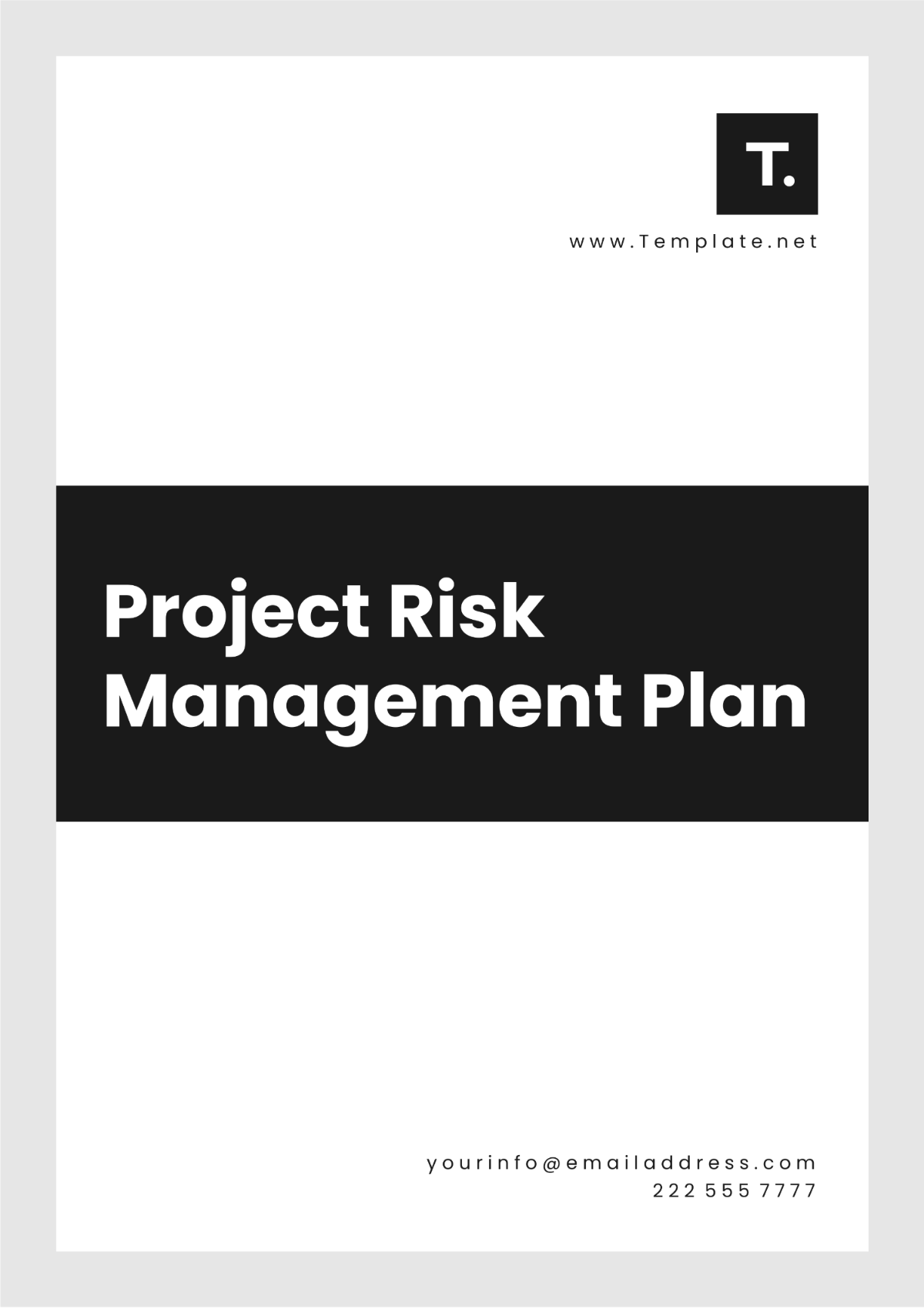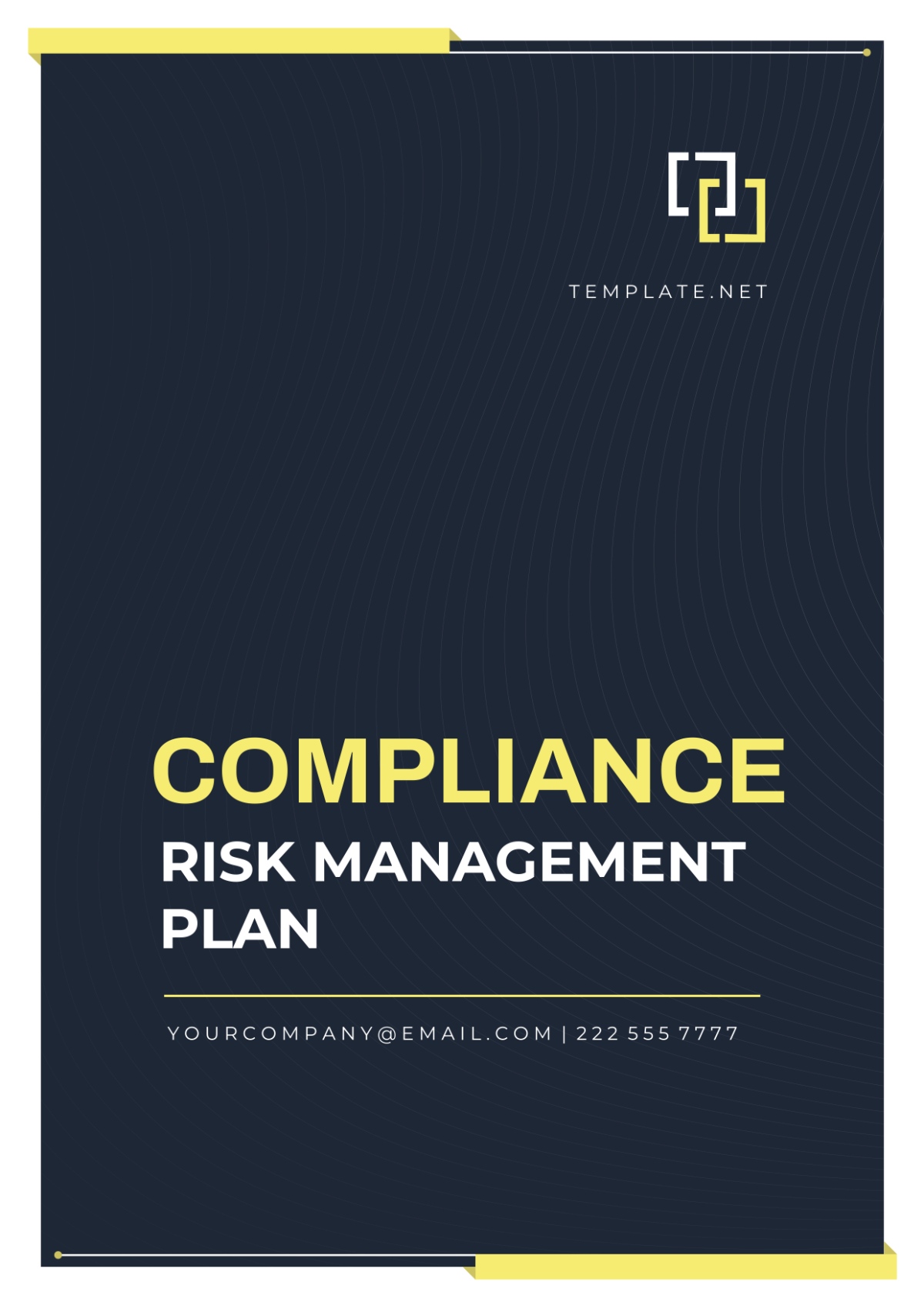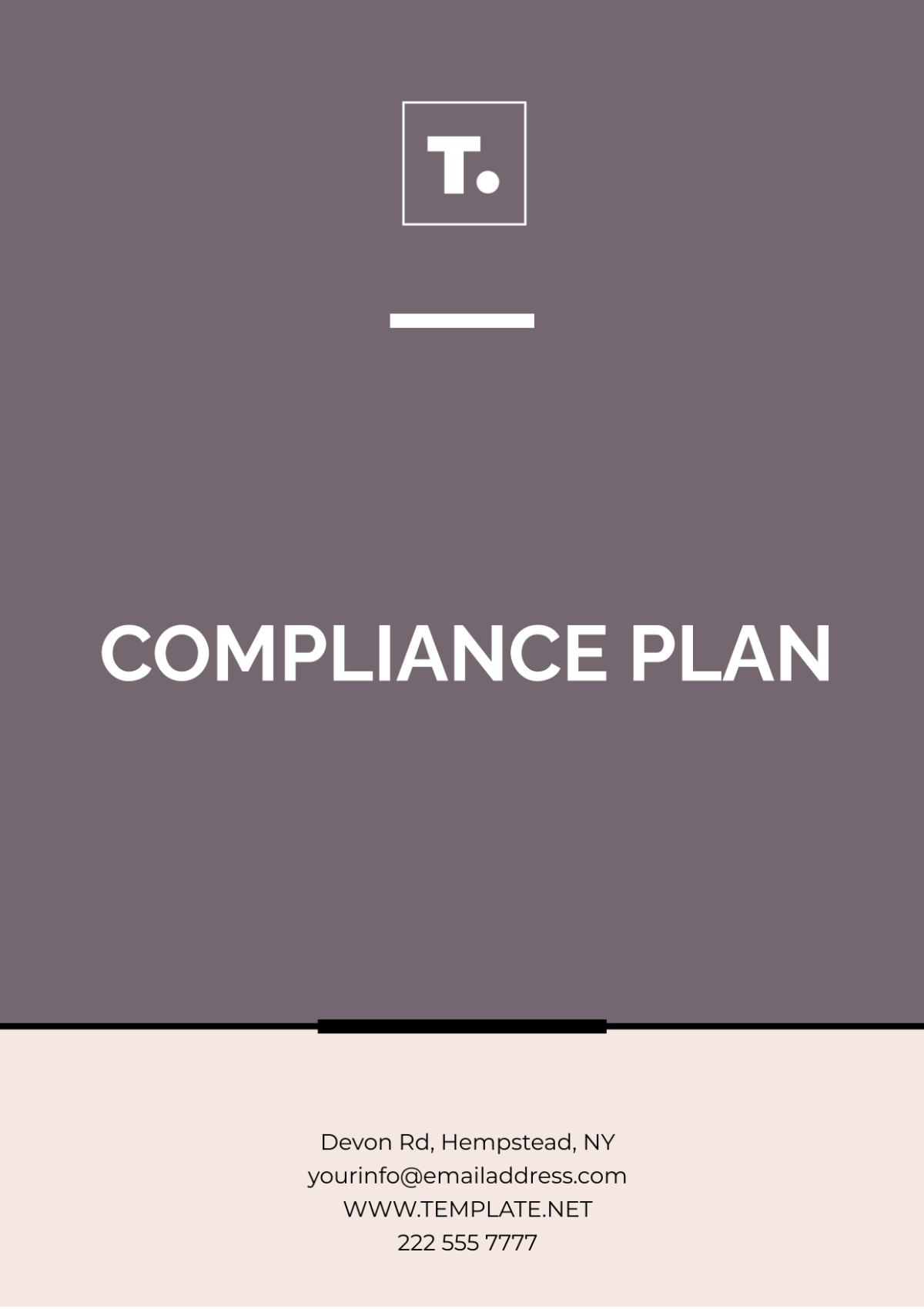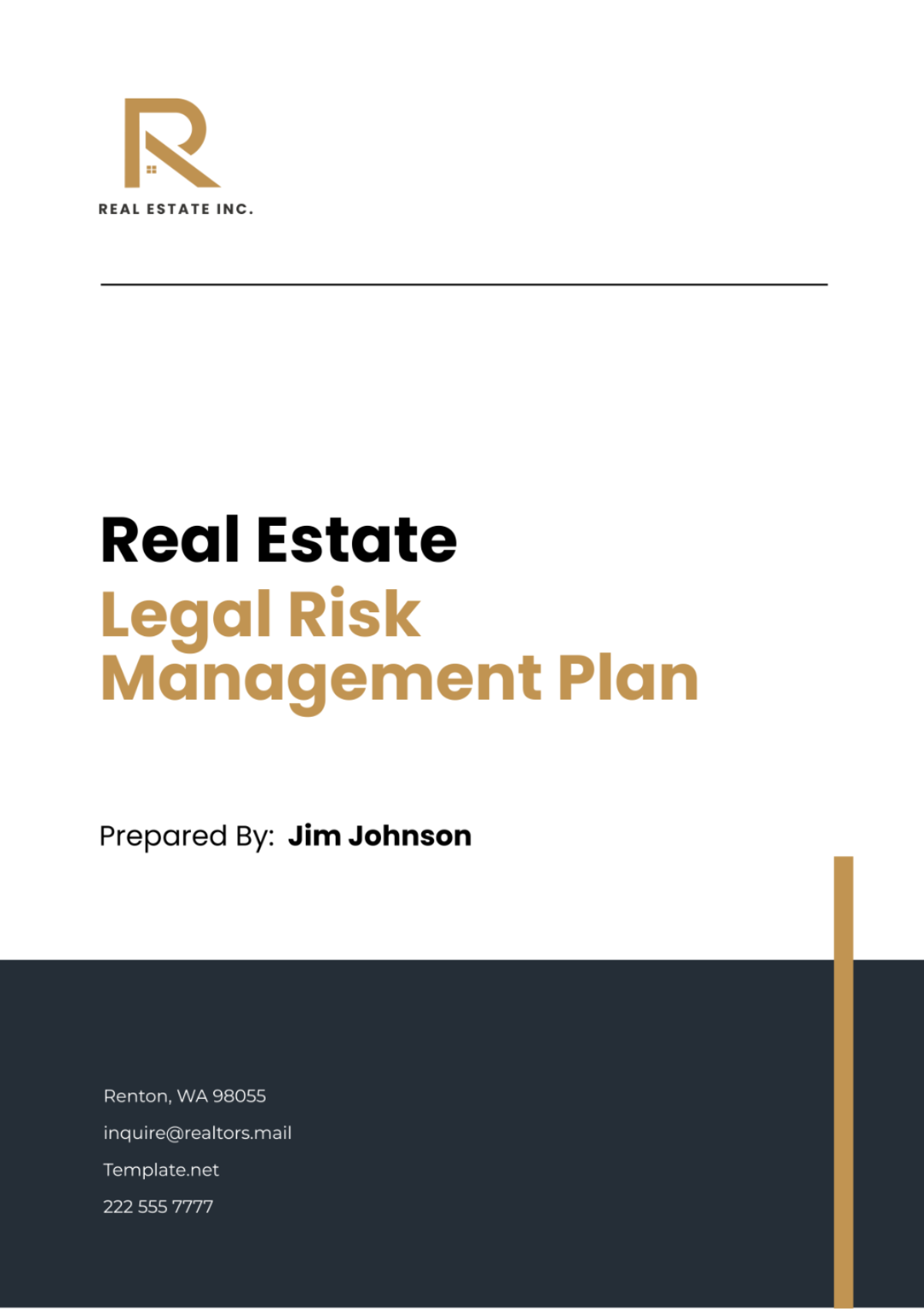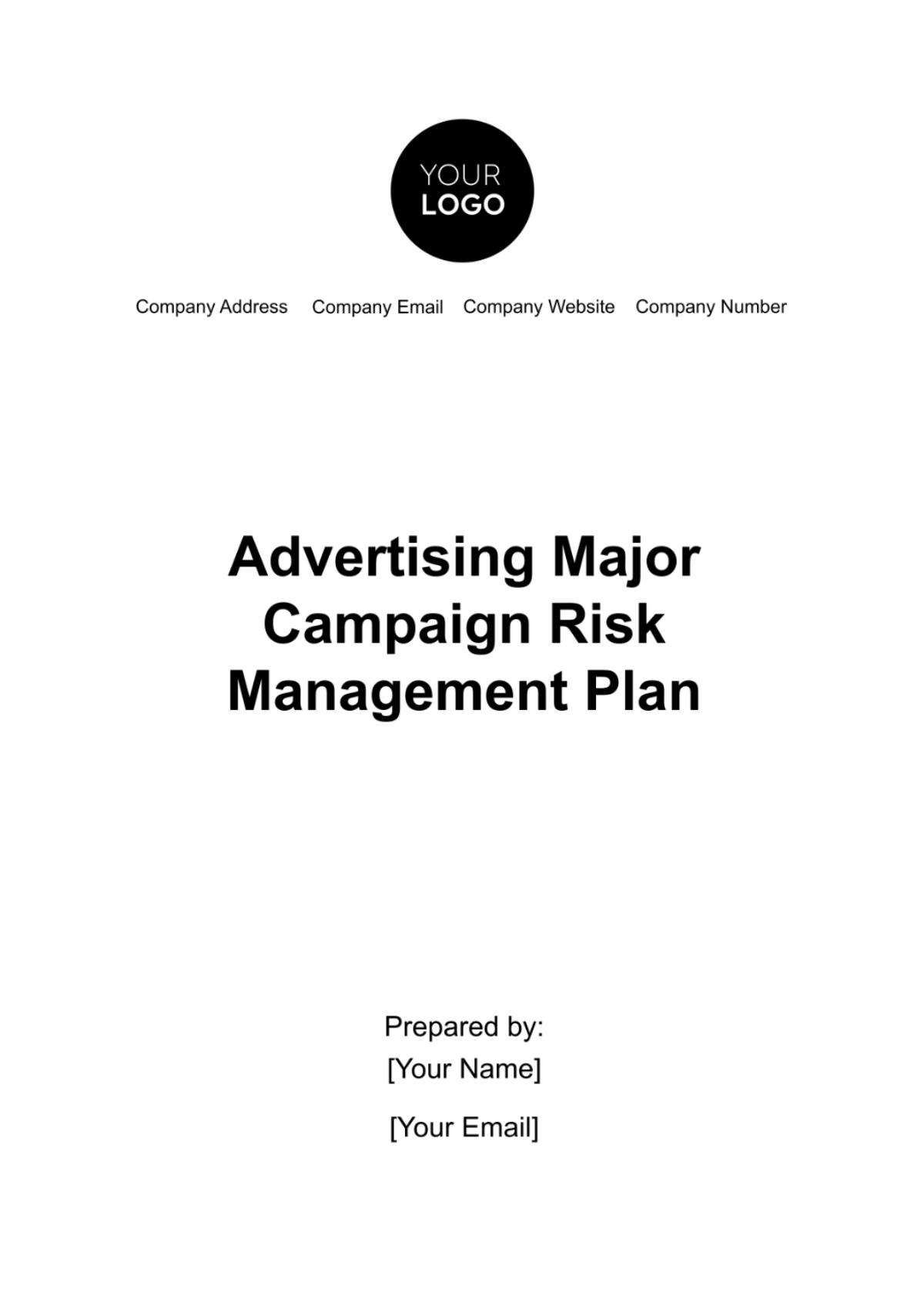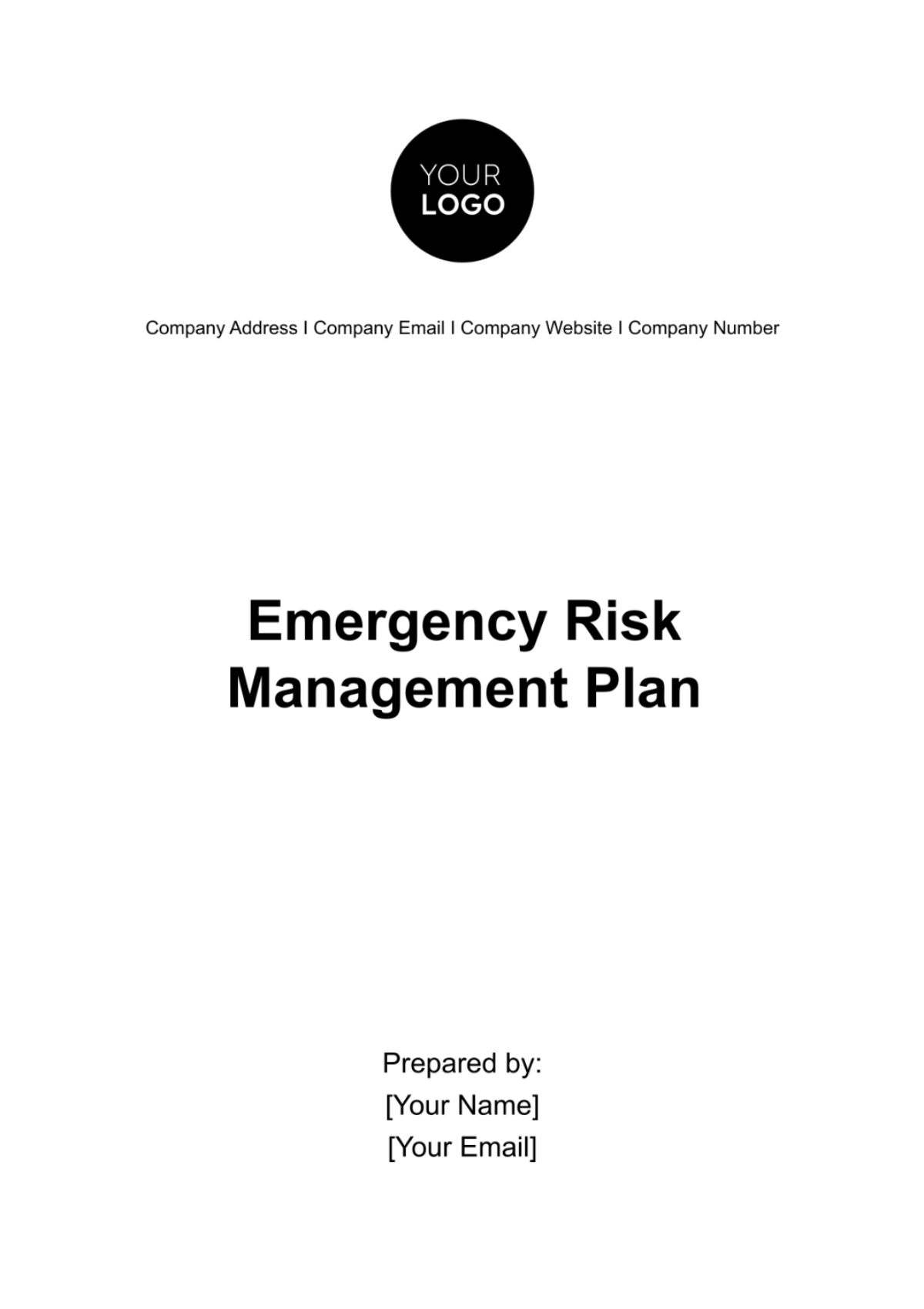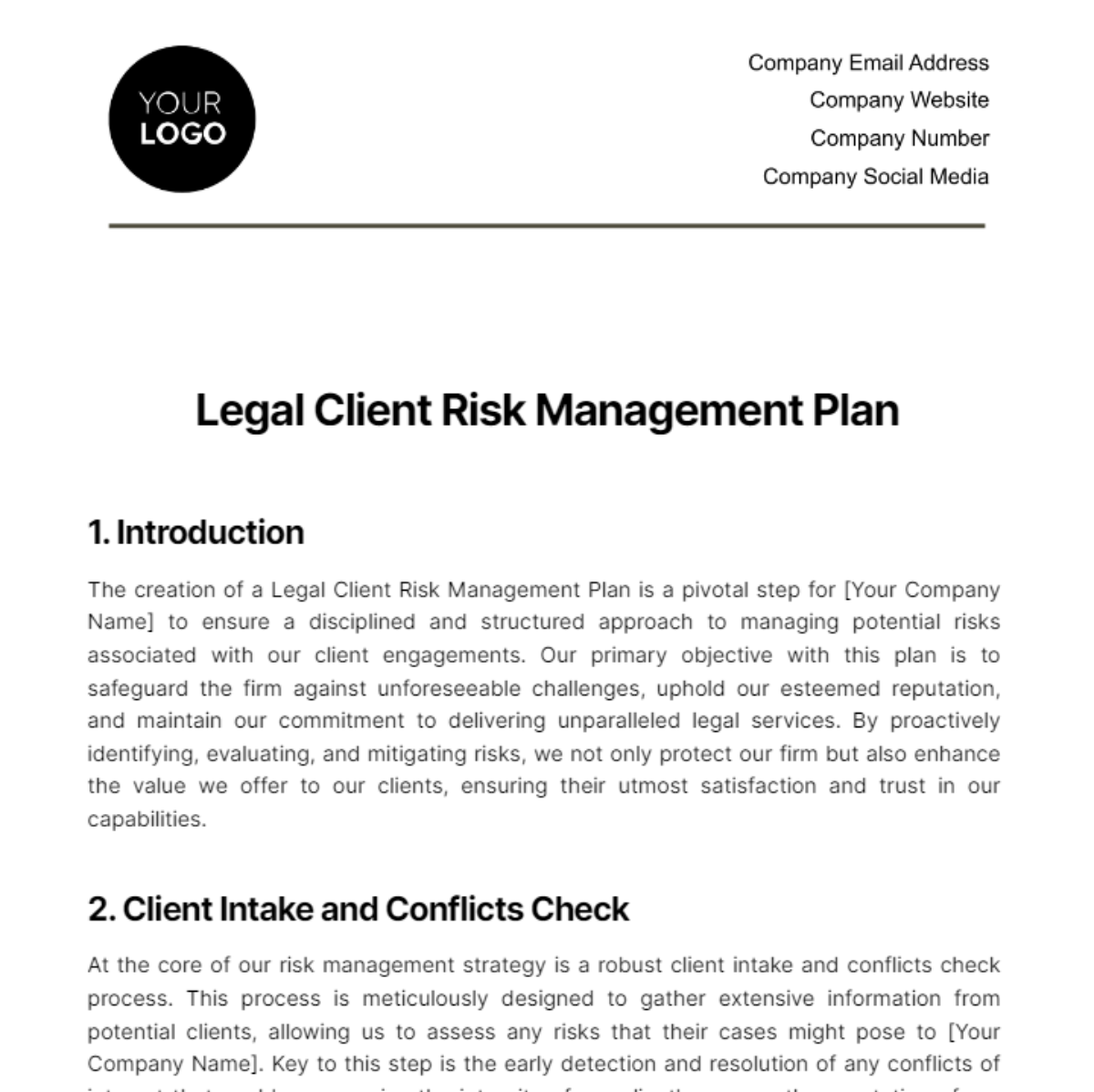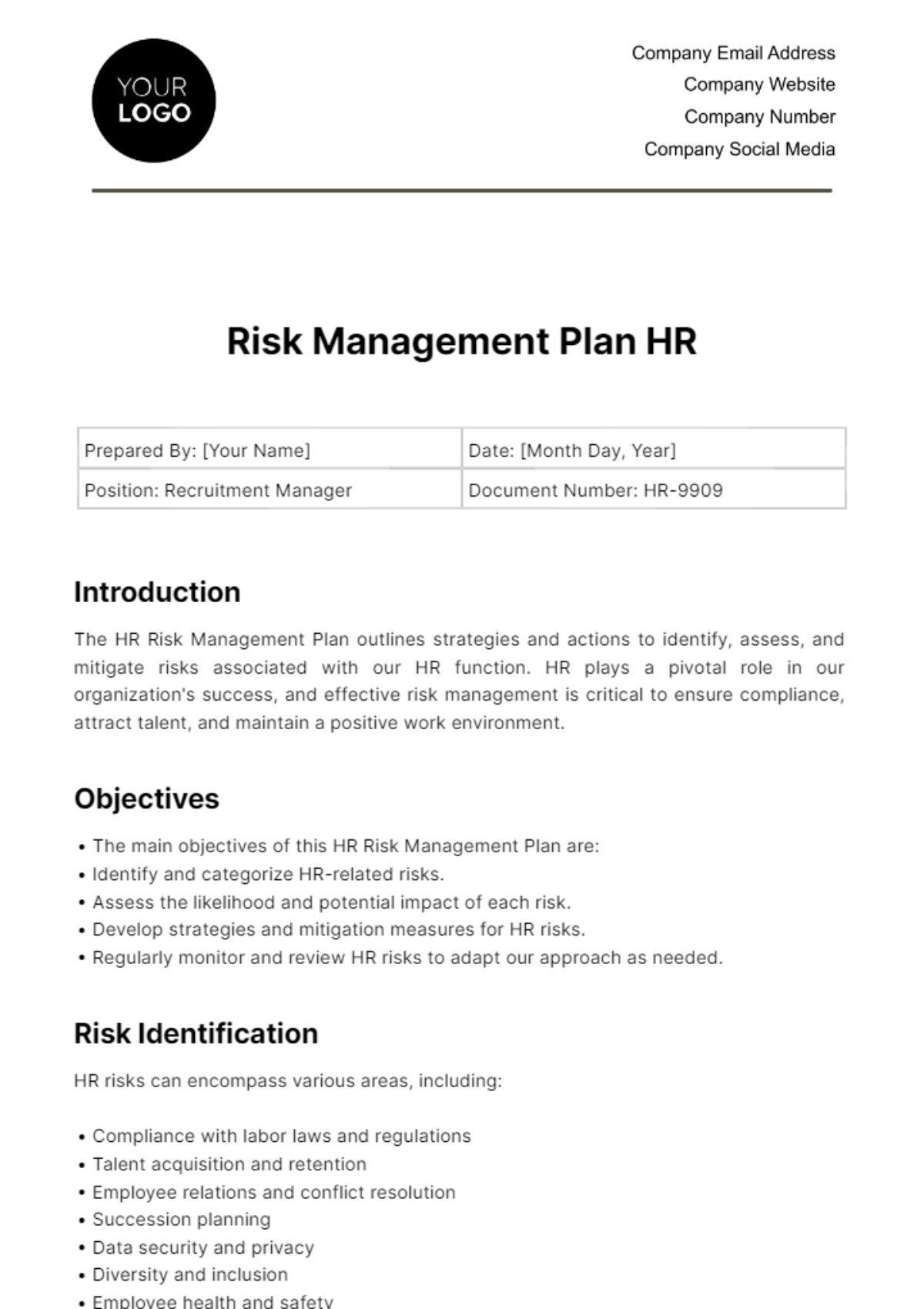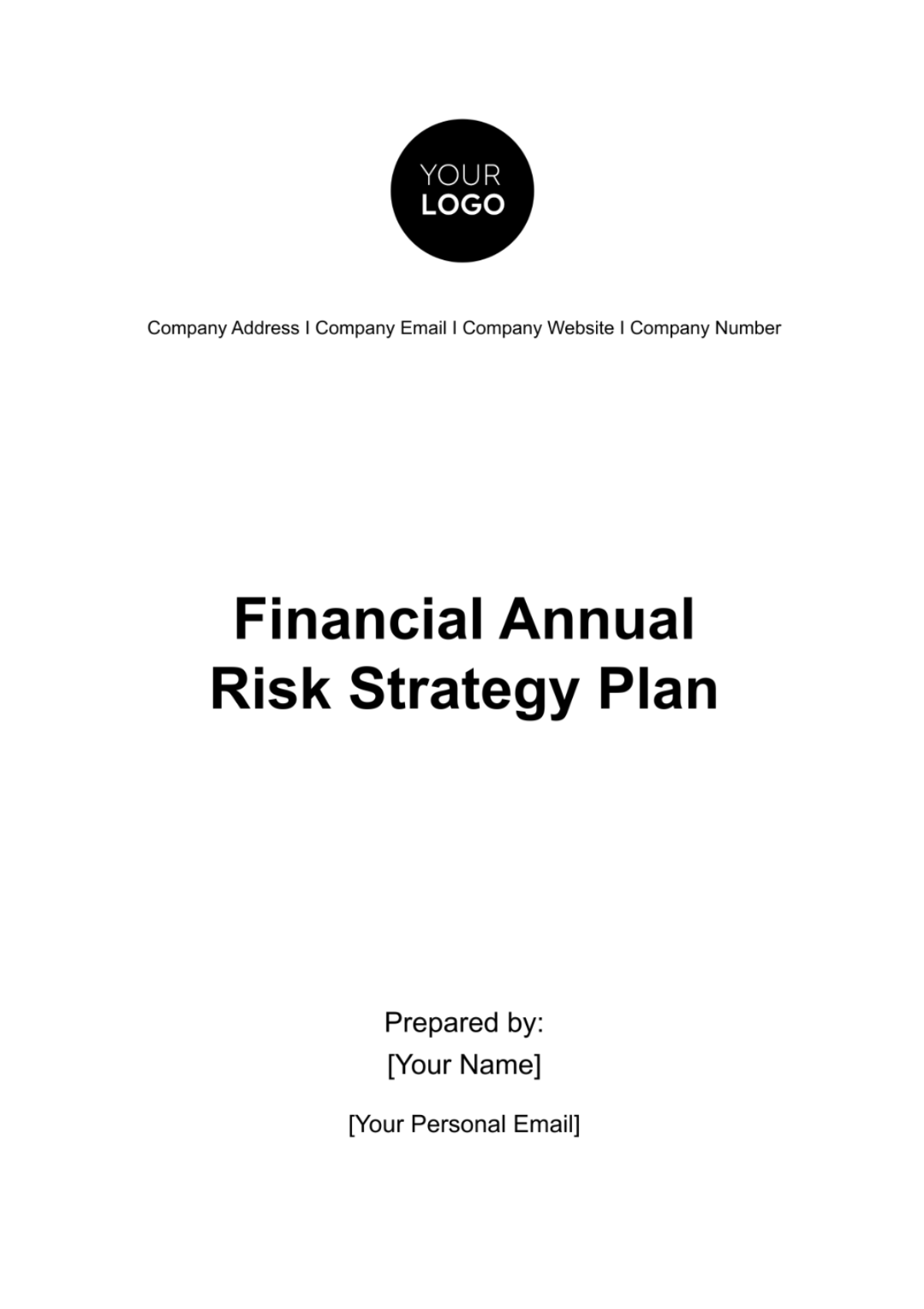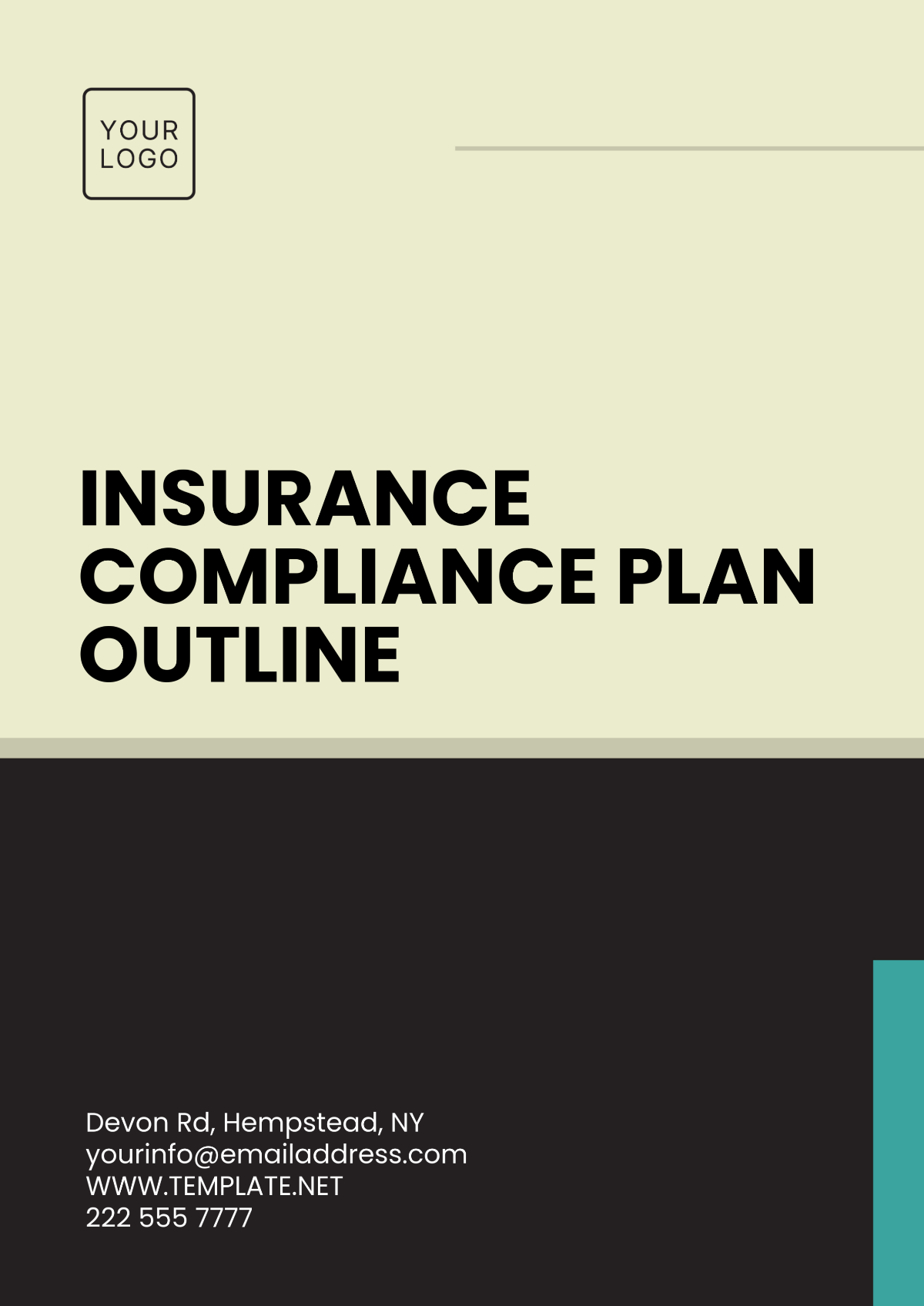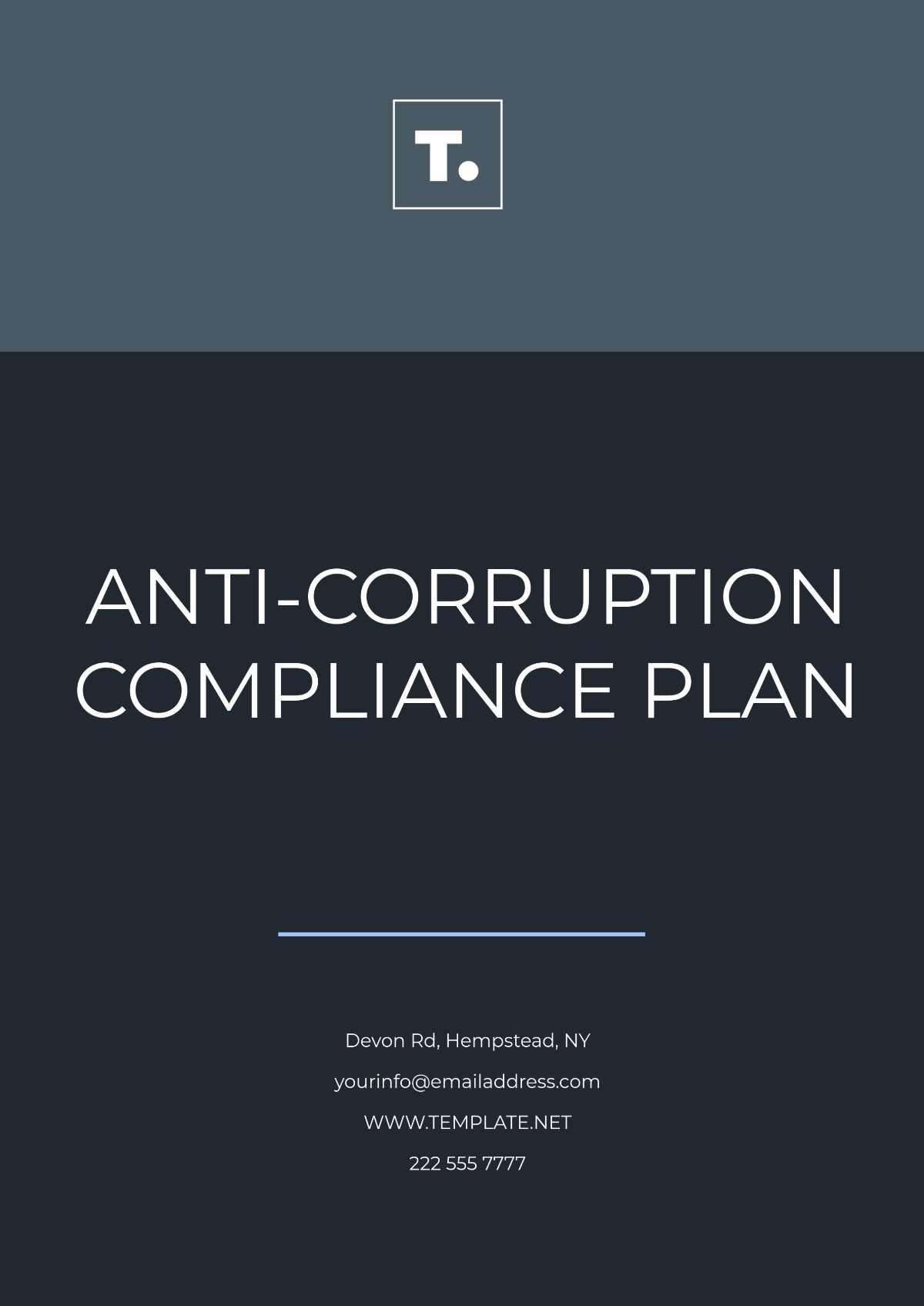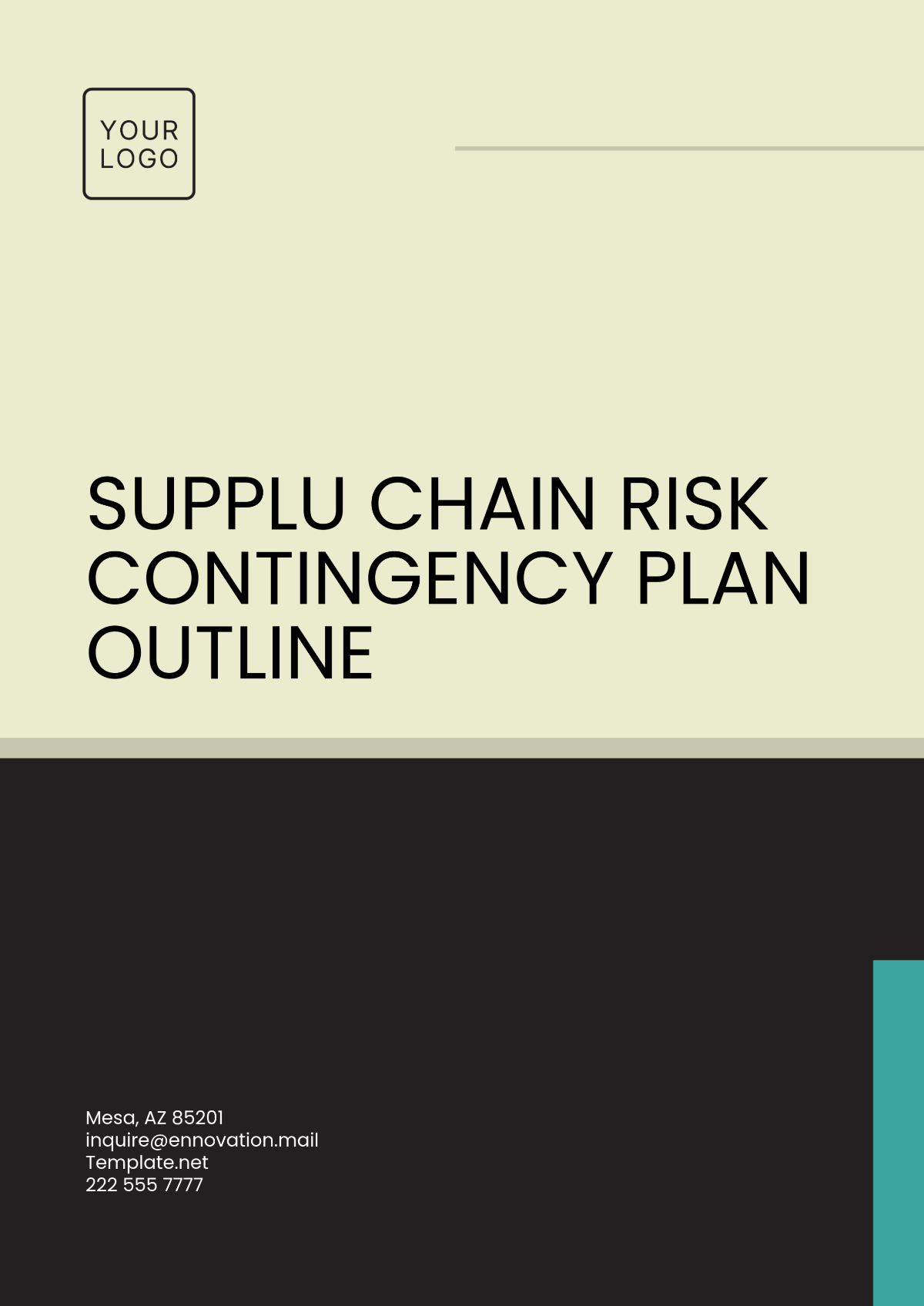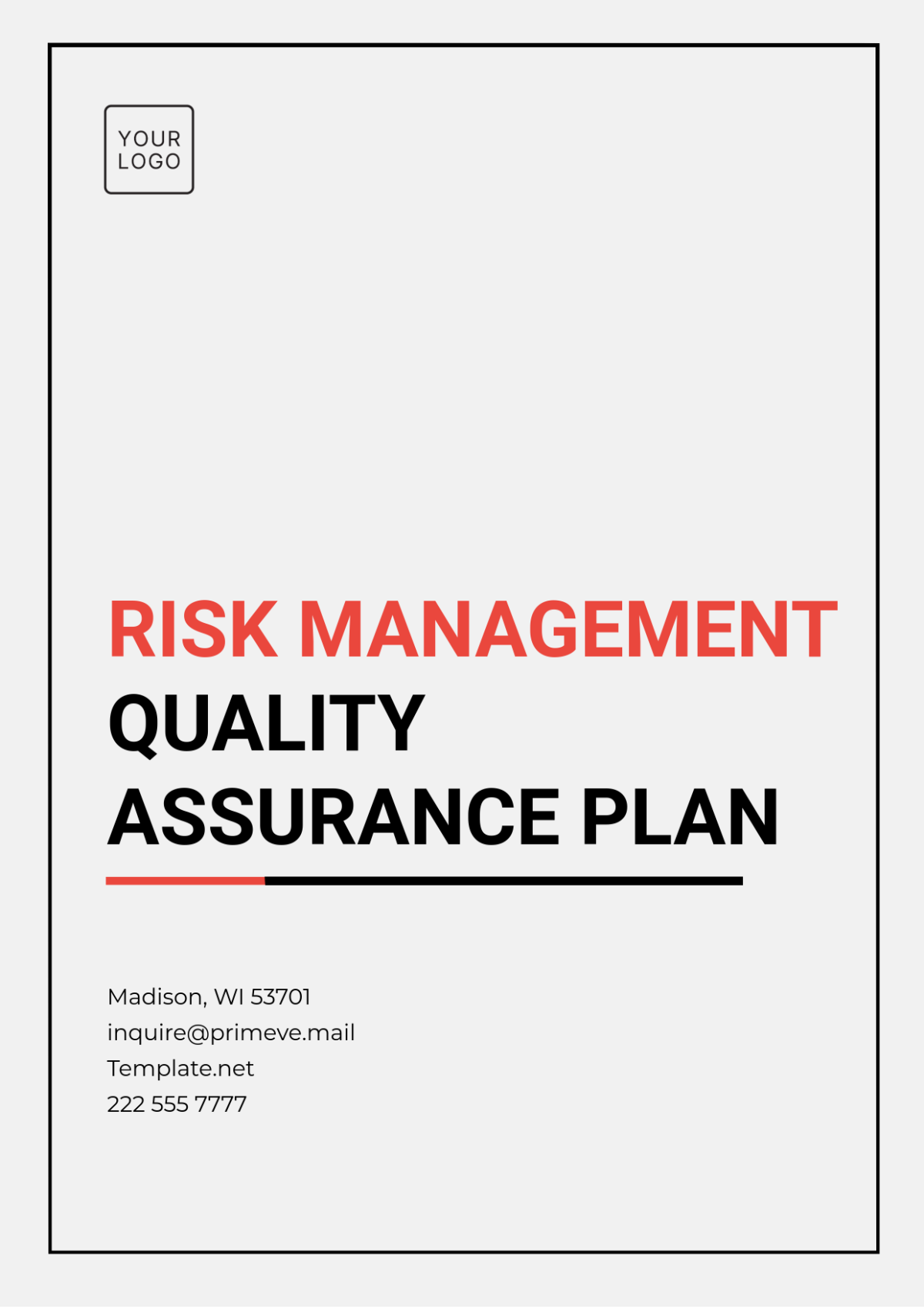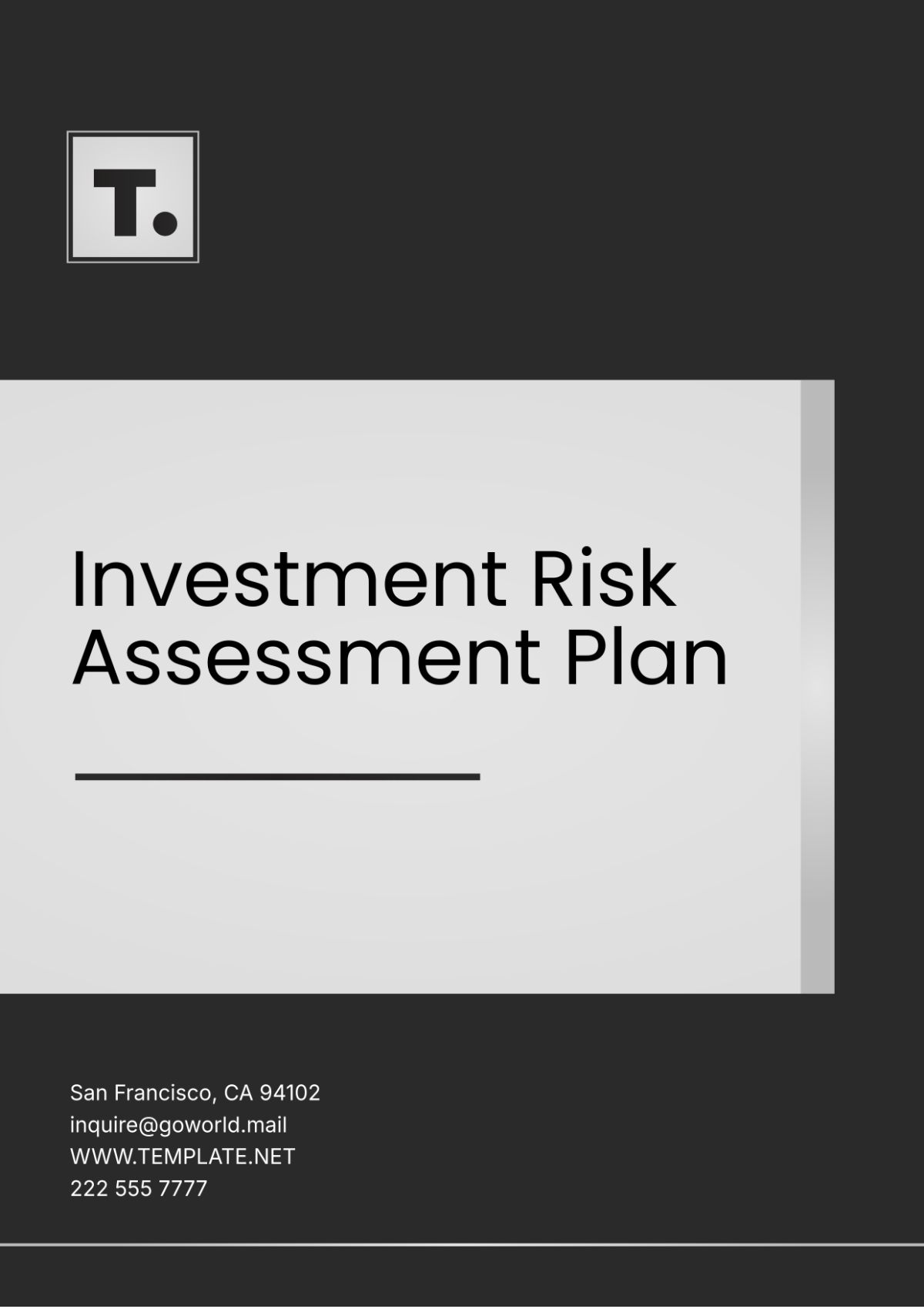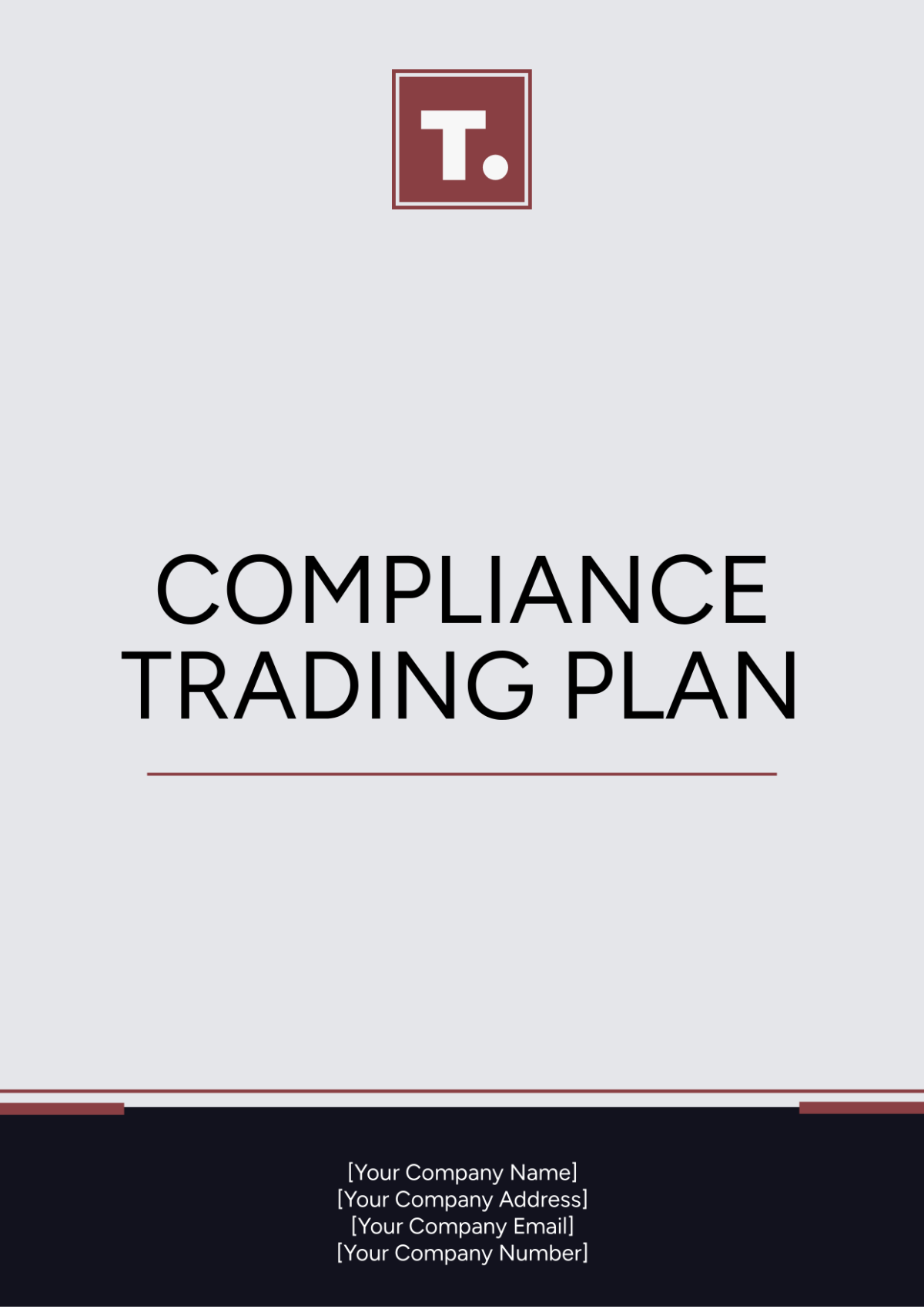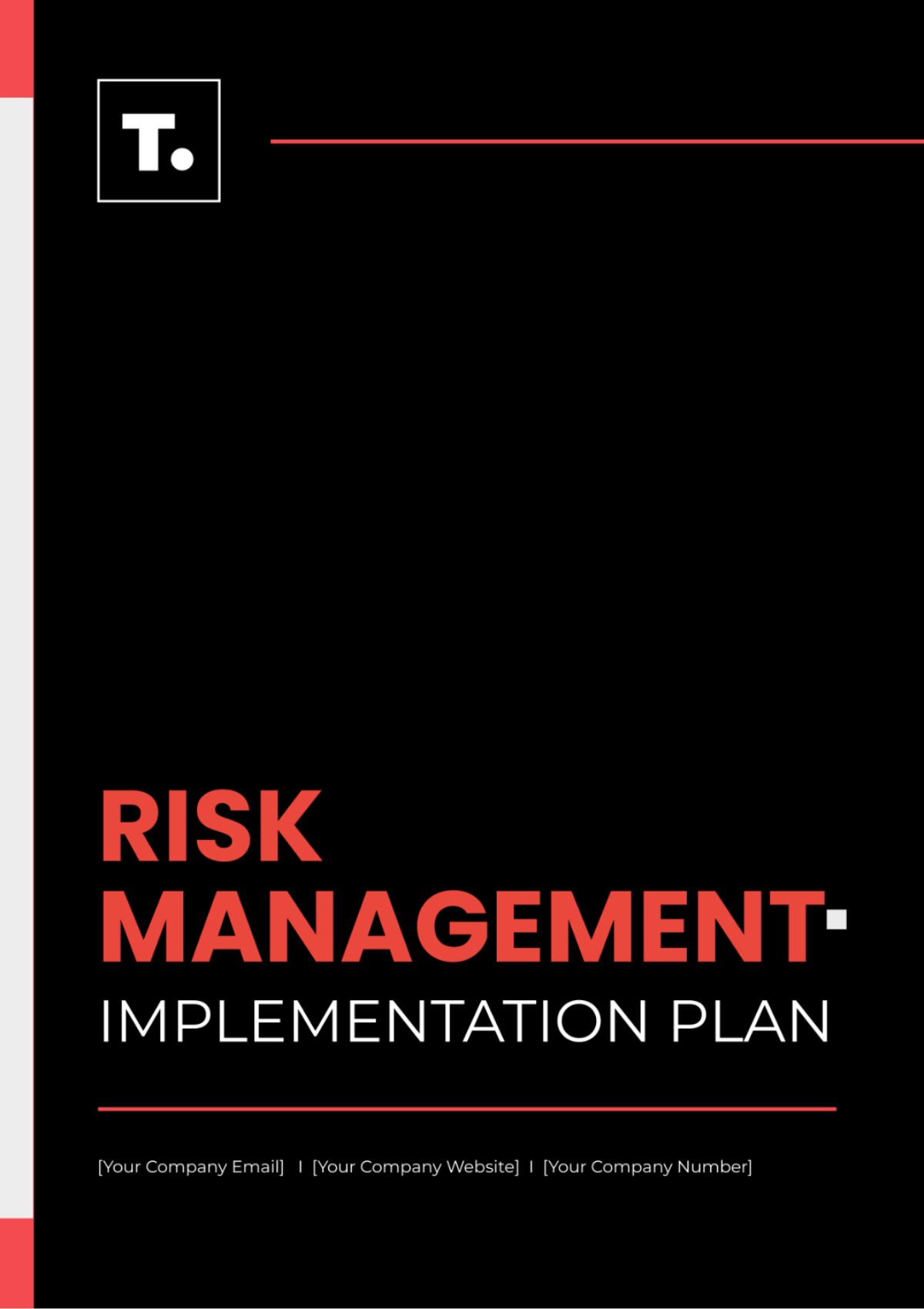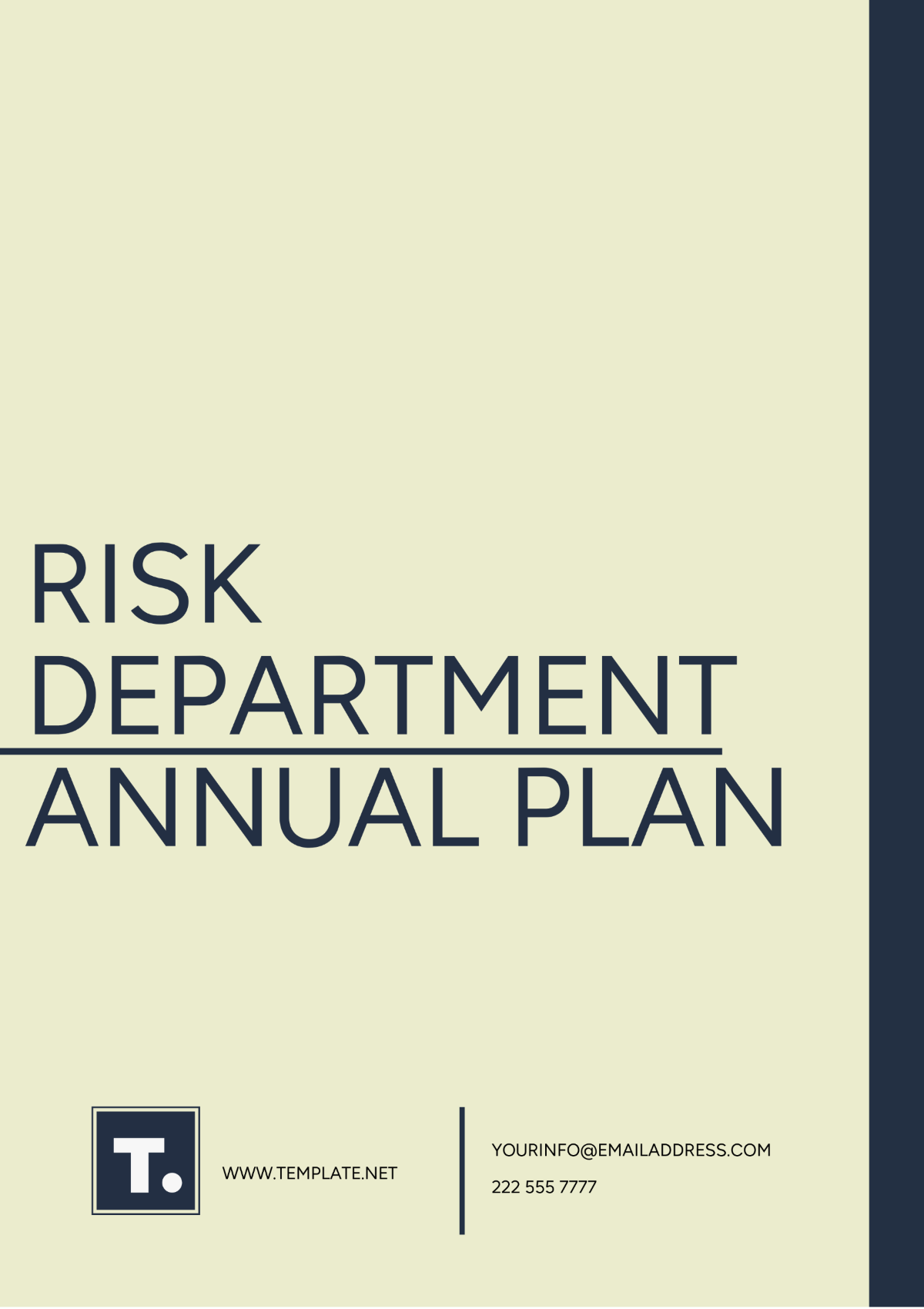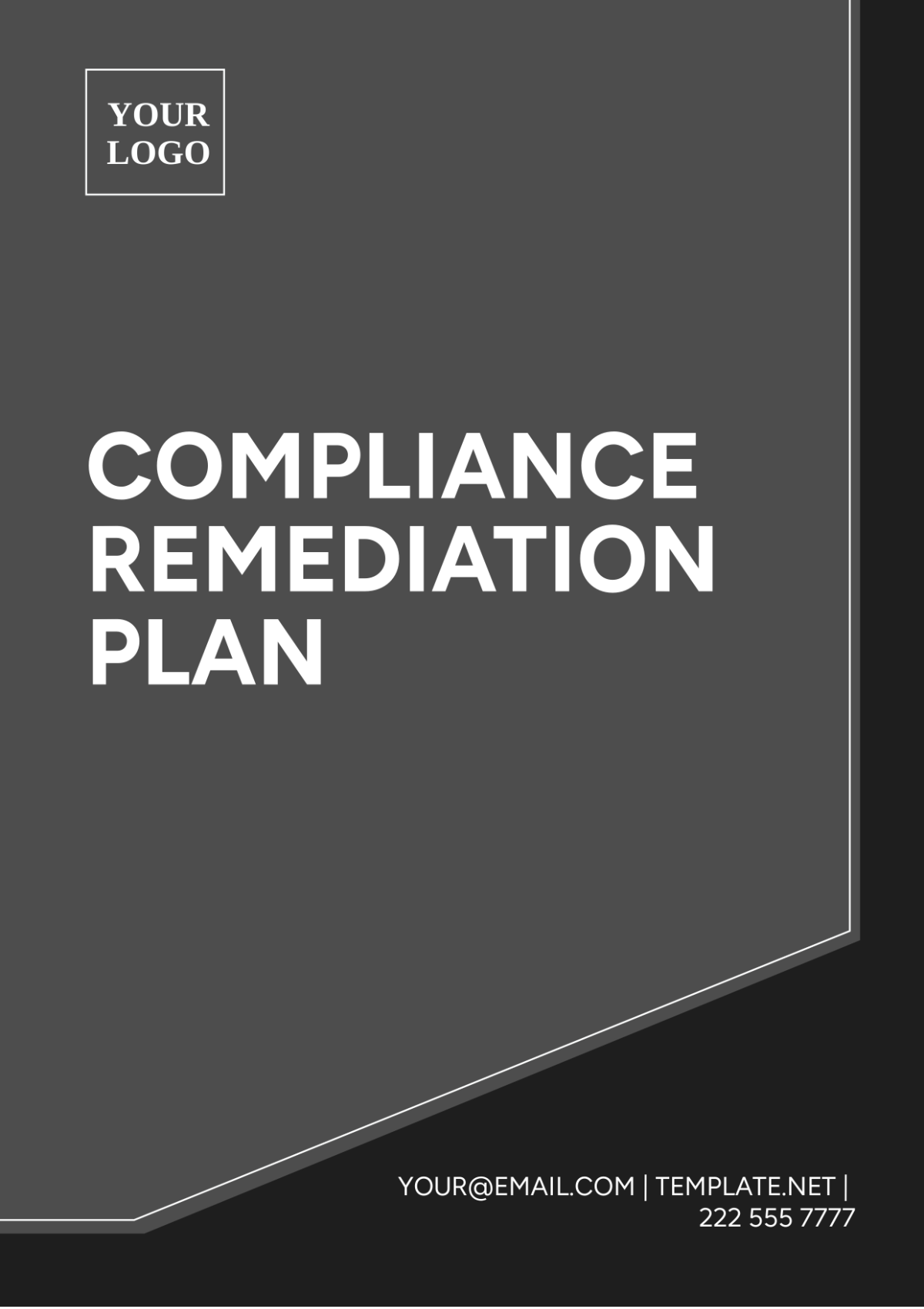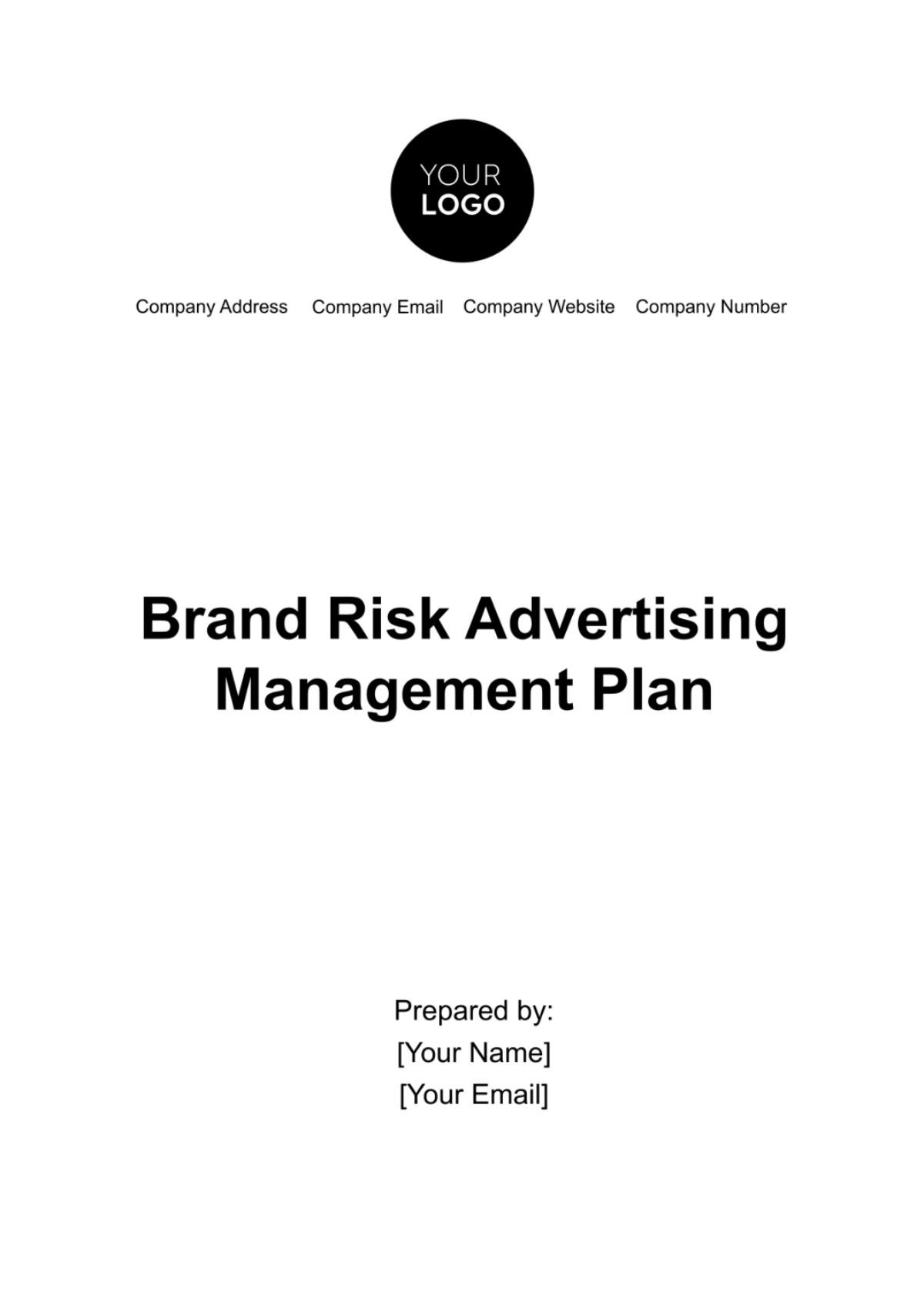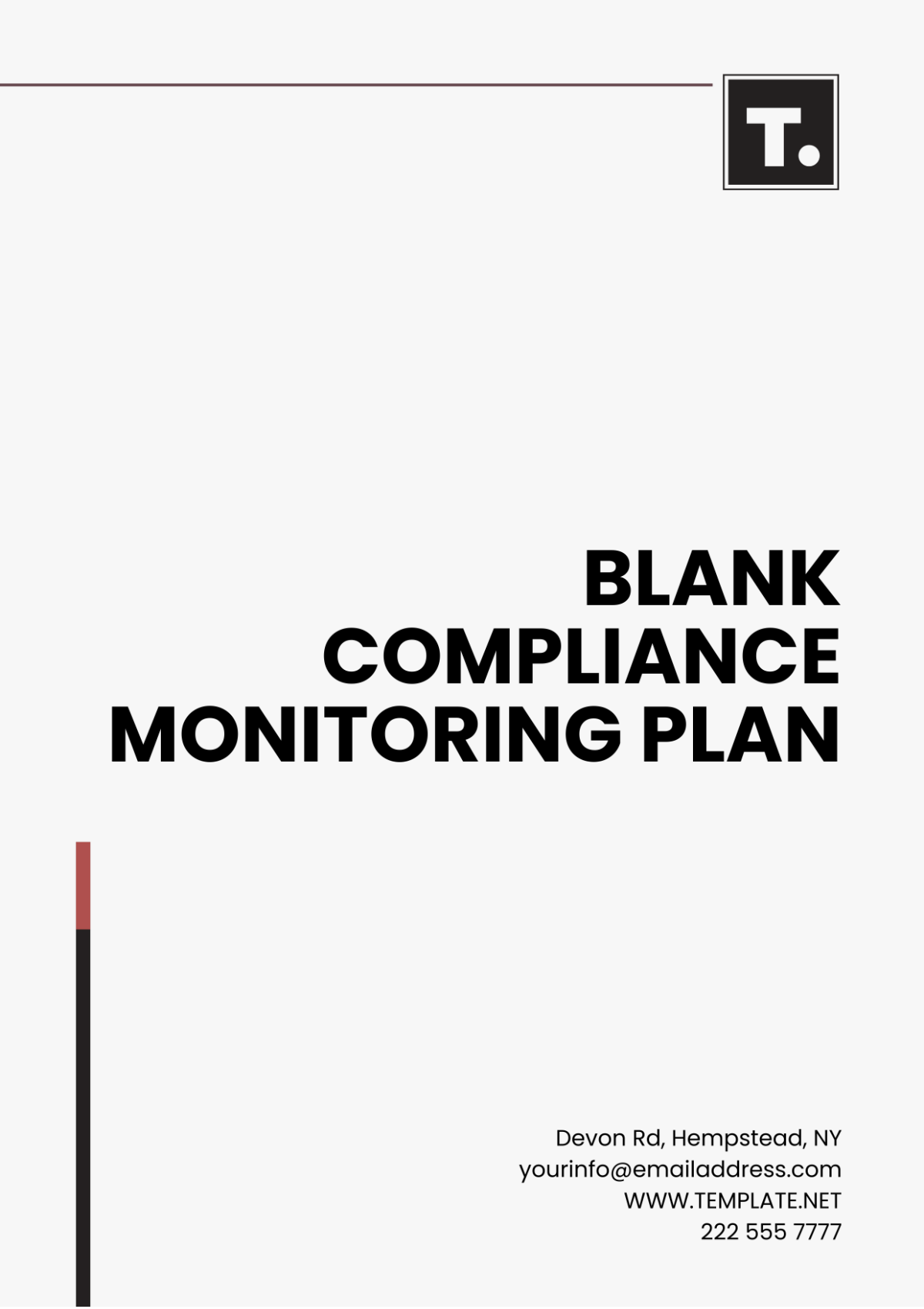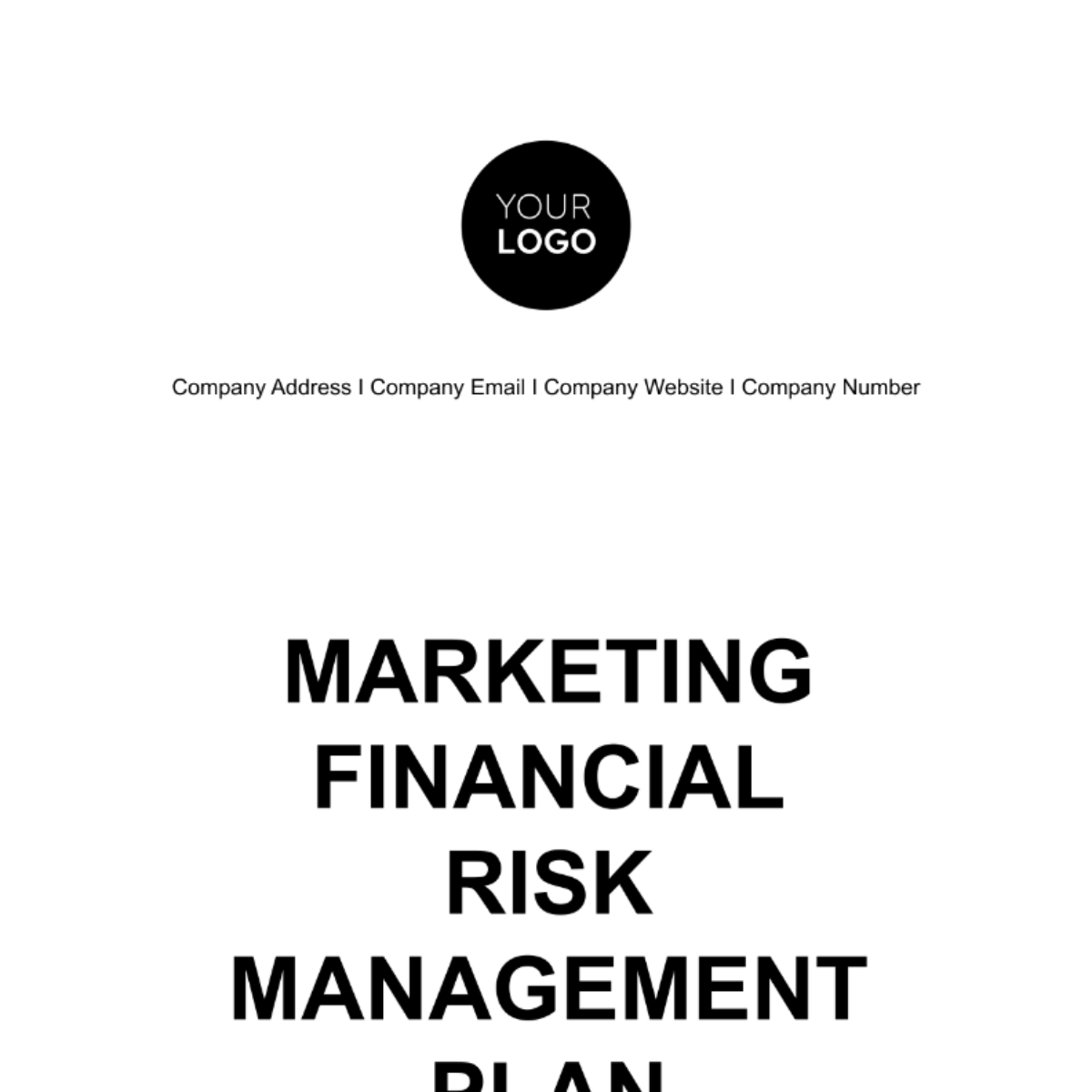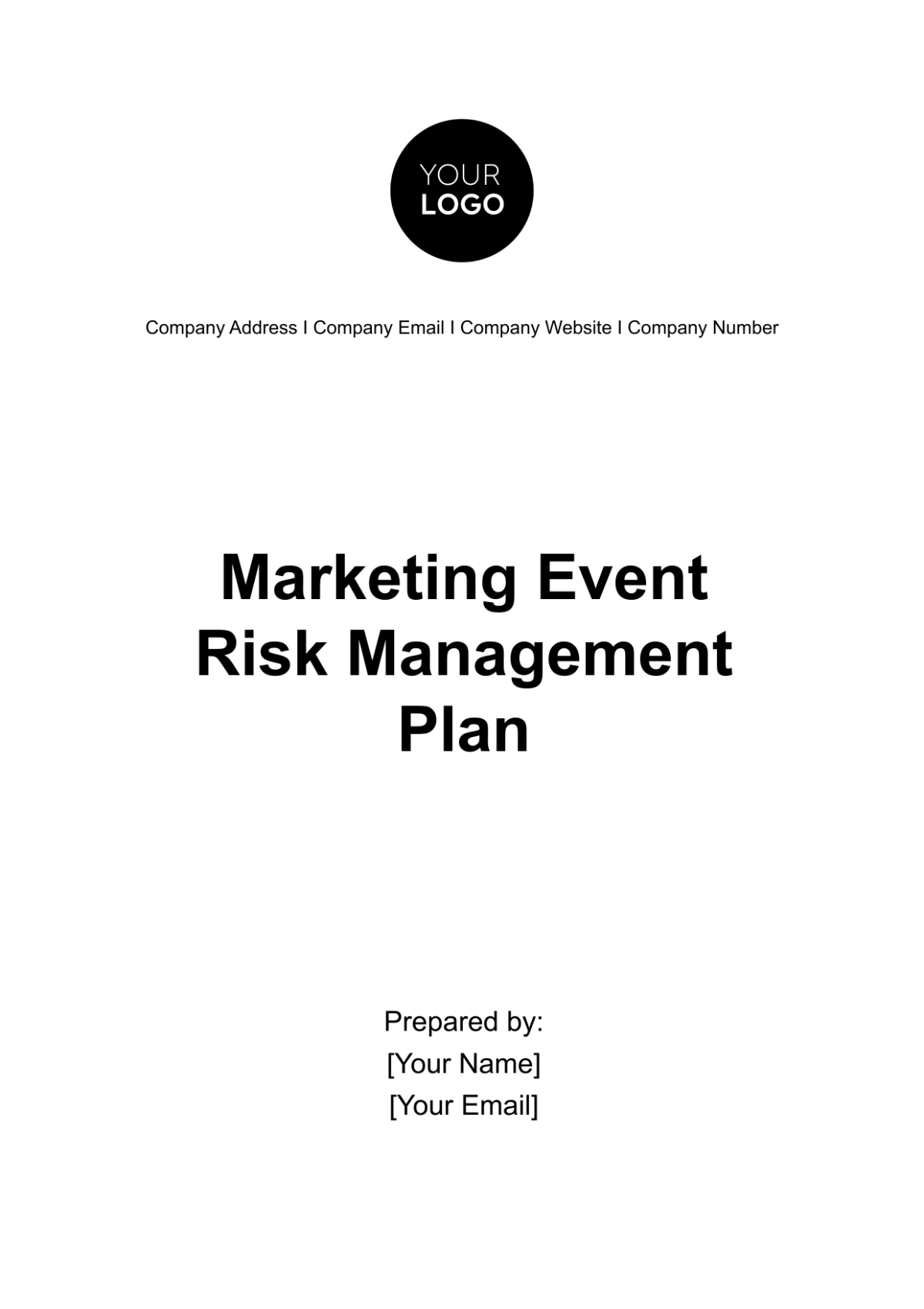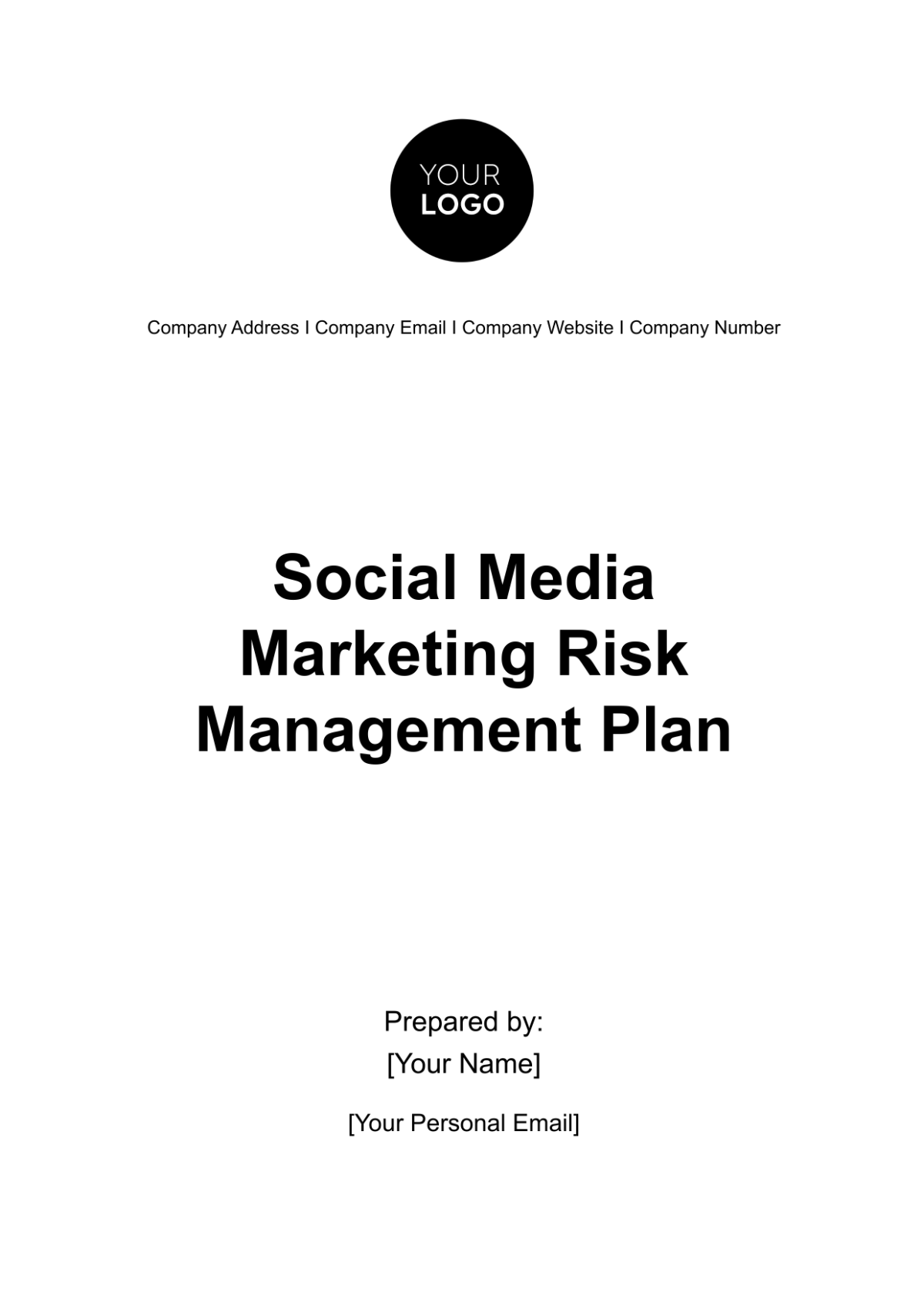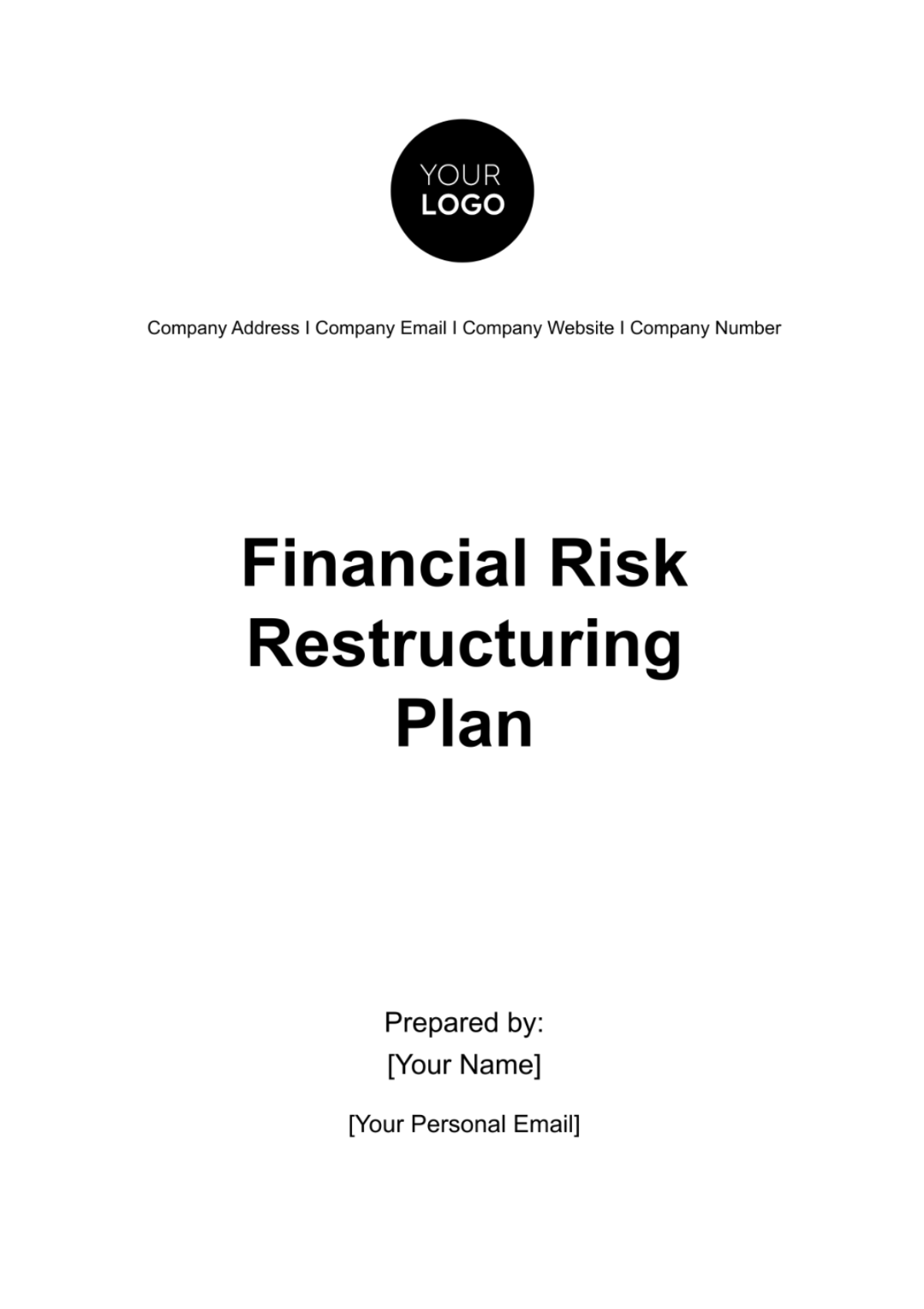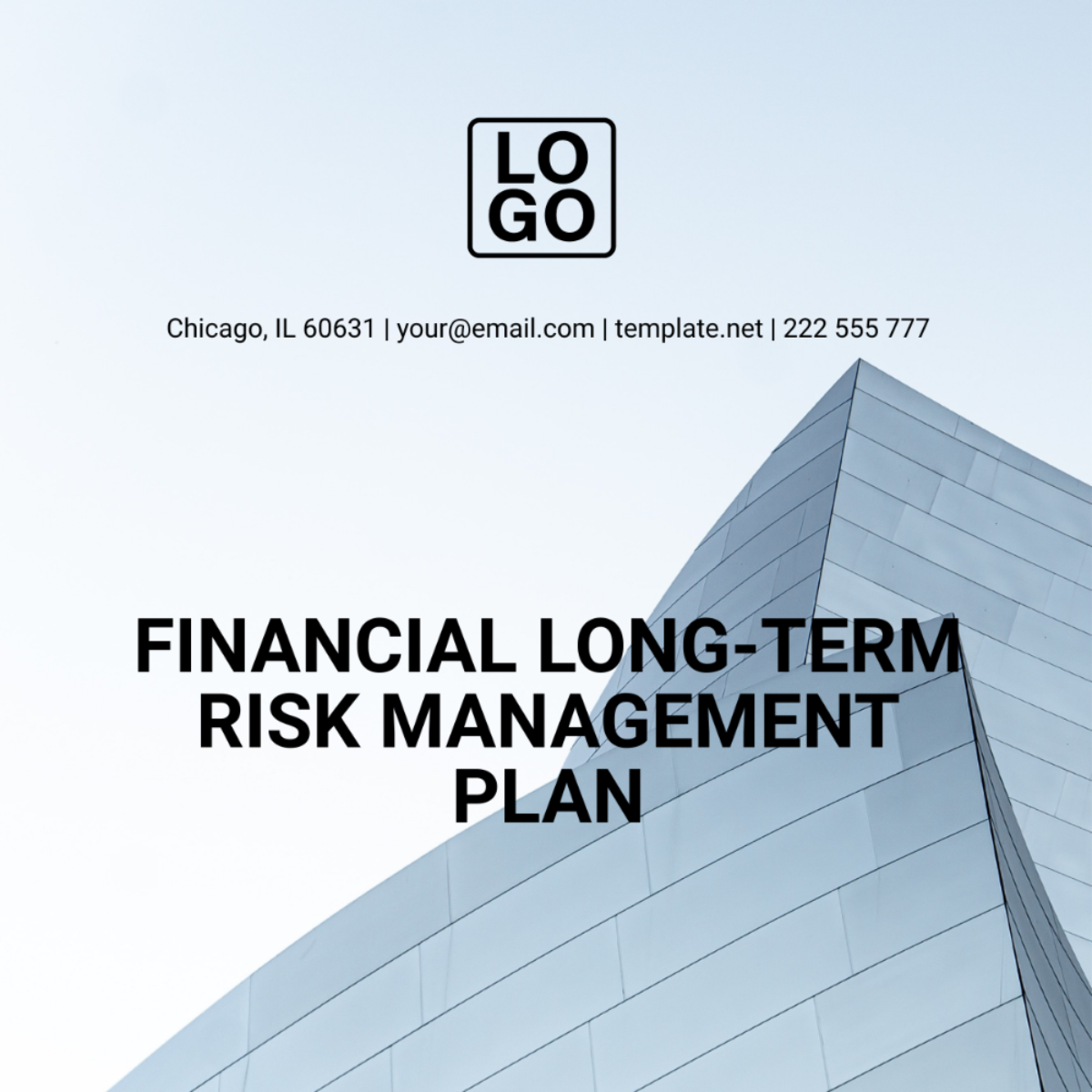Risk Management Project Execution Plan
Project Manager: [Your Name]
Date: [Date]
I. Introduction
Risk management is a pivotal element of project management that involves identifying, assessing, and prioritizing risks to minimize the impact of unforeseen events. This Risk Management Project Execution Plan outlines the strategies and methodologies our organization will employ to ensure effective risk management throughout the project lifecycle.
II. Project Objectives
The primary objectives of this risk management initiative are to:
Identify Potential Risks Early: Recognize and document potential risks at the outset of the project to allow for proactive management.
Assess and Prioritize Risks: Evaluate risks based on their potential impact and likelihood to prioritize response efforts effectively.
Develop Mitigation Strategies: Formulate actionable plans to reduce the impact and likelihood of identified risks.
Implement Monitoring Mechanisms: Establish continuous tracking systems to monitor risks and their status throughout the project.
III. Project Scope
This project encompasses a thorough evaluation of all processes and systems within our organization. The comprehensive risk assessment will focus on the following areas:
Financial Risks: Identifying risks that may affect the financial stability and performance of the organization.
Operational Risks: Assessing risks that could disrupt day-to-day operations or project execution.
Reputational Risks: Evaluating risks that may harm the organization's public image and stakeholder trust.
Compliance Risks: Identifying potential non-compliance with laws, regulations, and internal policies.
IV. Risk Identification
Methods and Tools
To ensure thorough risk identification, we will utilize a variety of methods, including:
Stakeholder Brainstorming Sessions: Engaging key stakeholders to gather insights and perspectives on potential risks.
SWOT Analysis: Conduct a SWOT analysis to evaluate the project's strengths, weaknesses, opportunities, and threats.
Risk Checklists: Utilizing standardized checklists based on industry benchmarks and lessons learned from previous projects.
V. Risk Assessment
Prioritization and Analysis
Upon identifying risks, we will analyze and prioritize them using the following model:
Risk Factor | Impact | Likelihood | Priority Level |
|---|---|---|---|
Market Volatility | High | Medium | High |
Data Breach | High | Low | Medium |
Regulatory Changes | Medium | High | High |
VI. Risk Mitigation
Strategies and Implementation
For each identified risk, we will develop tailored mitigation strategies that focus on either reducing the likelihood or minimizing the impact. Examples of such strategies include:
Robust Security Protocols: Implementing advanced cybersecurity measures to prevent data breaches.
Investment Diversification: Spreading investments across various assets to safeguard against market volatility.
Compliance Training: Providing regular training sessions for staff to ensure awareness of compliance requirements and best practices.
VII. Risk Monitoring and Review
Continuous Improvement
Risk management is a dynamic process that requires ongoing attention. We will establish a robust monitoring system that includes:
Key Risk Indicators (KRIs): Developing KRIs to serve as early warning signals for emerging risks.
Monthly Reviews and Audits: Conduct regular risk assessments and audits to evaluate the effectiveness of mitigation strategies and adapt as necessary.
Feedback Mechanisms: Implementing channels for continuous feedback to enhance risk management practices and strategies over time.
VIII. Conclusion
This Risk Management Project Execution Plan provides a structured framework for identifying, assessing, and mitigating risks effectively. By diligently applying these strategies and maintaining continuous monitoring, we aim to safeguard our projects from potential threats and ensure successful outcomes.


